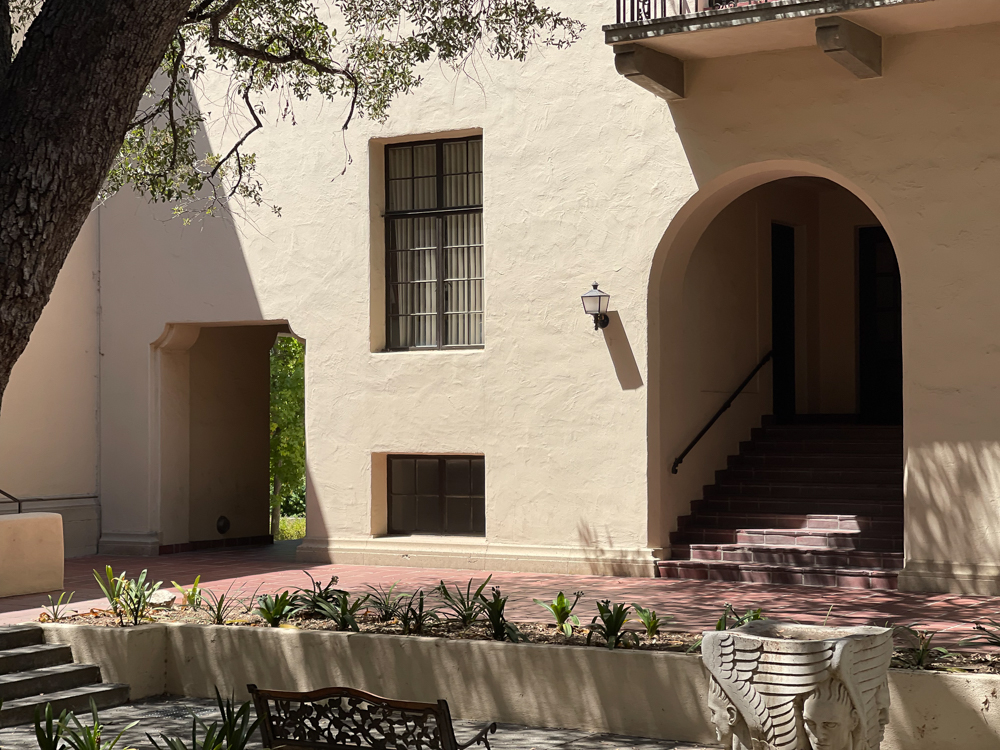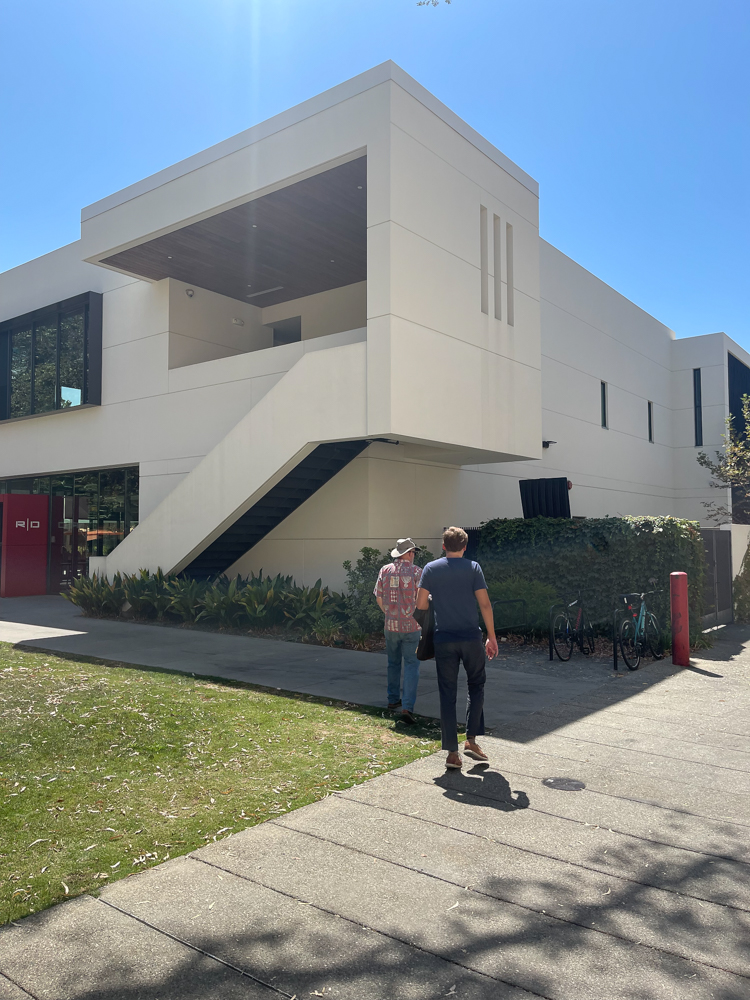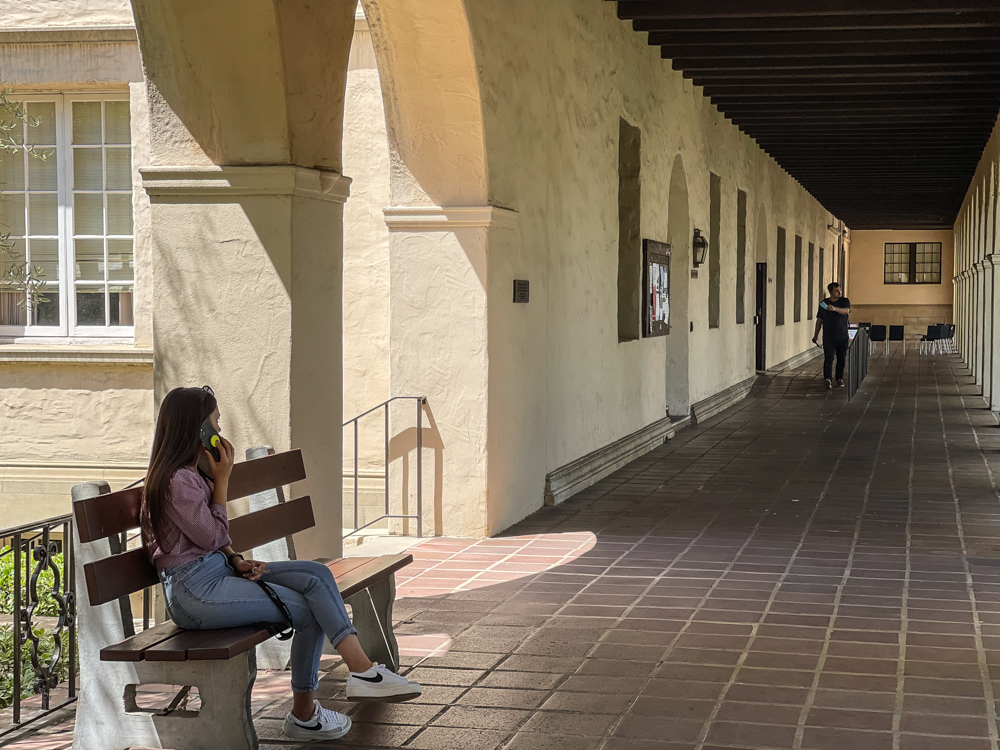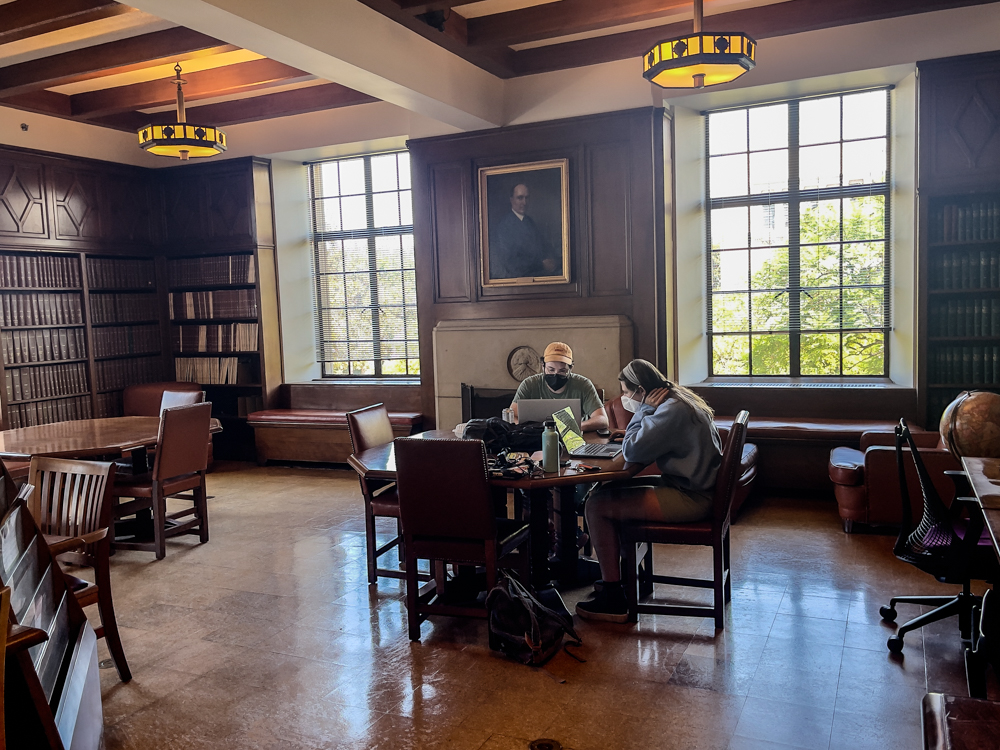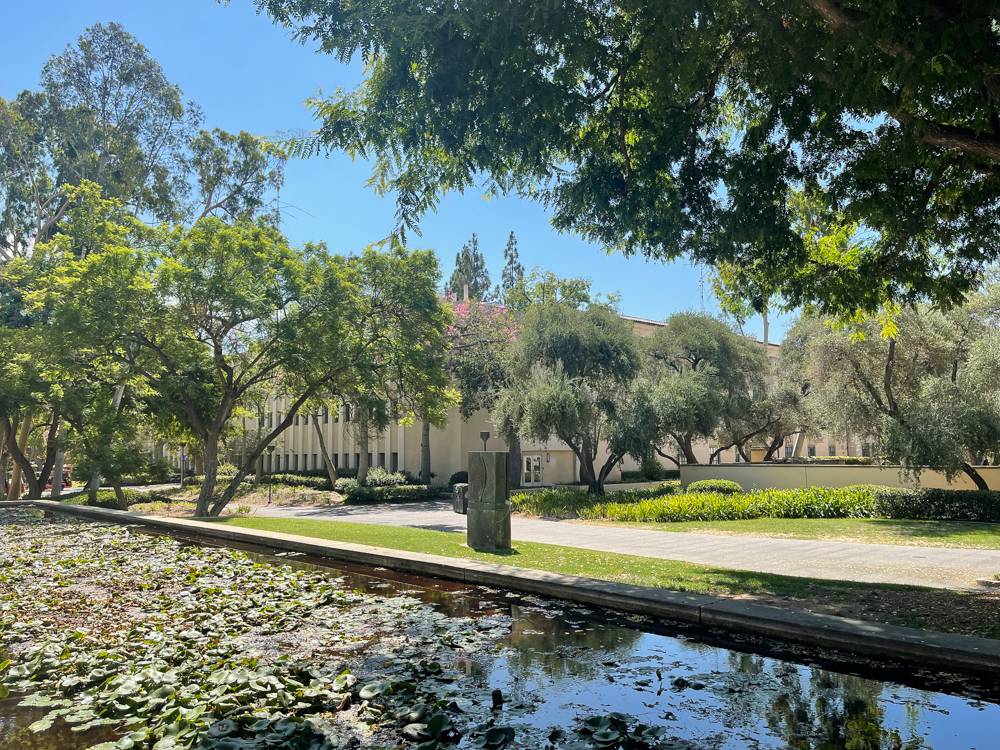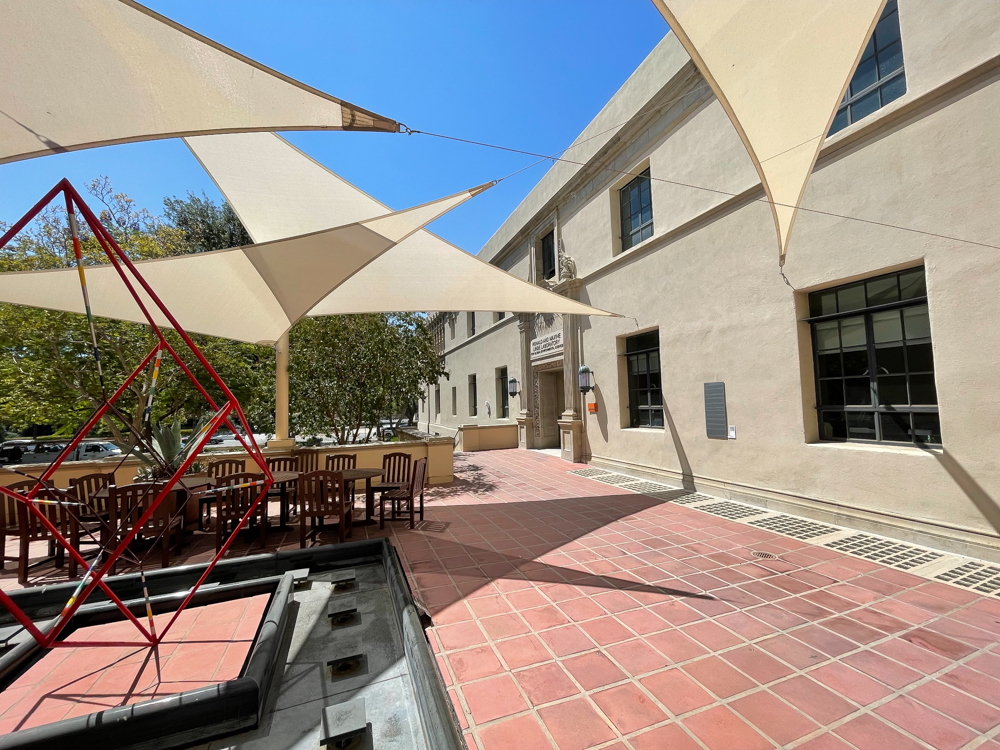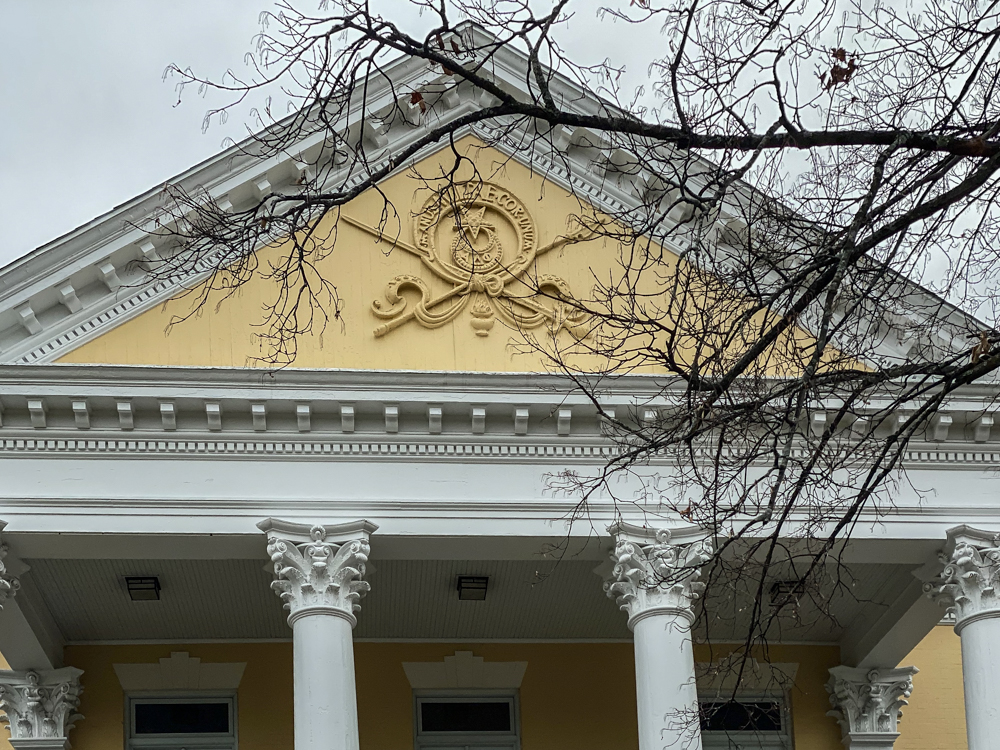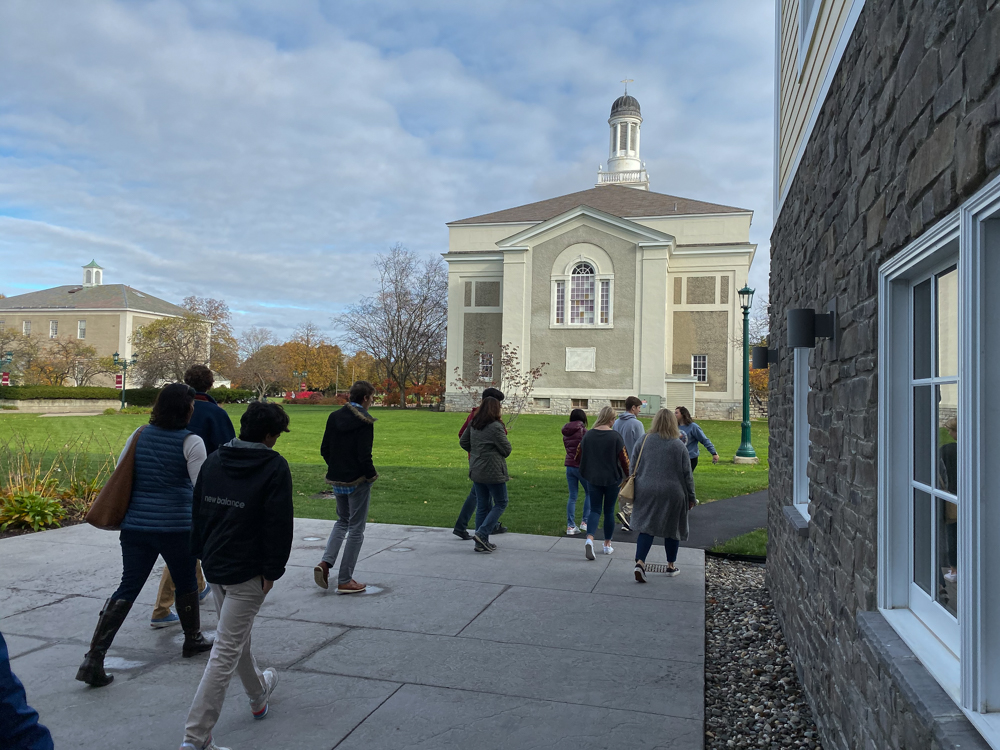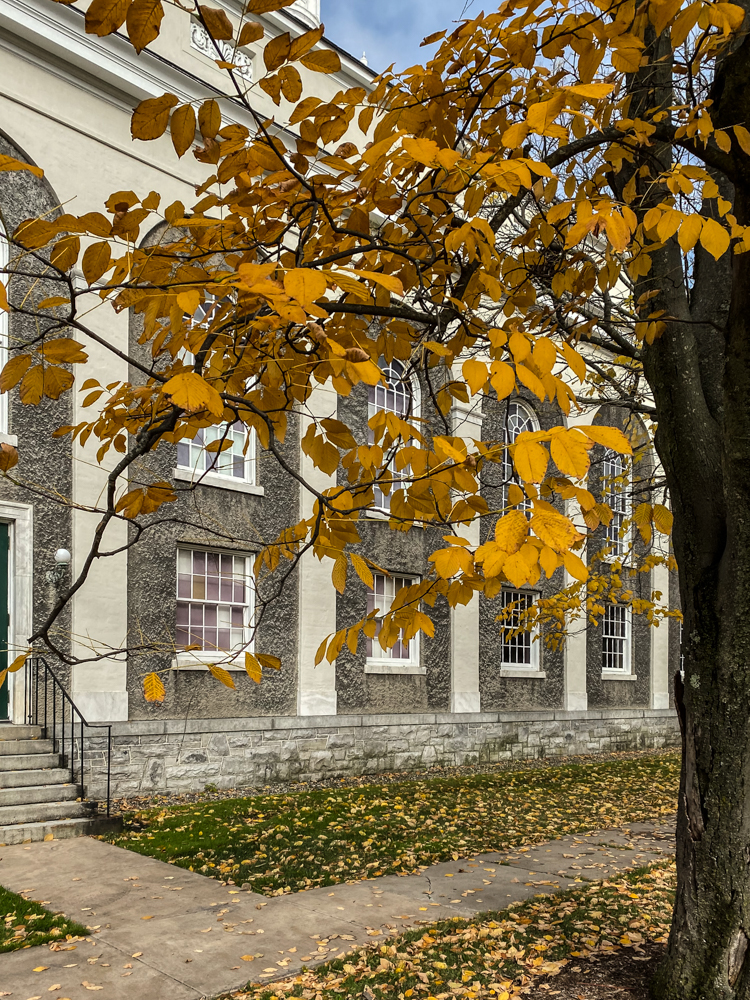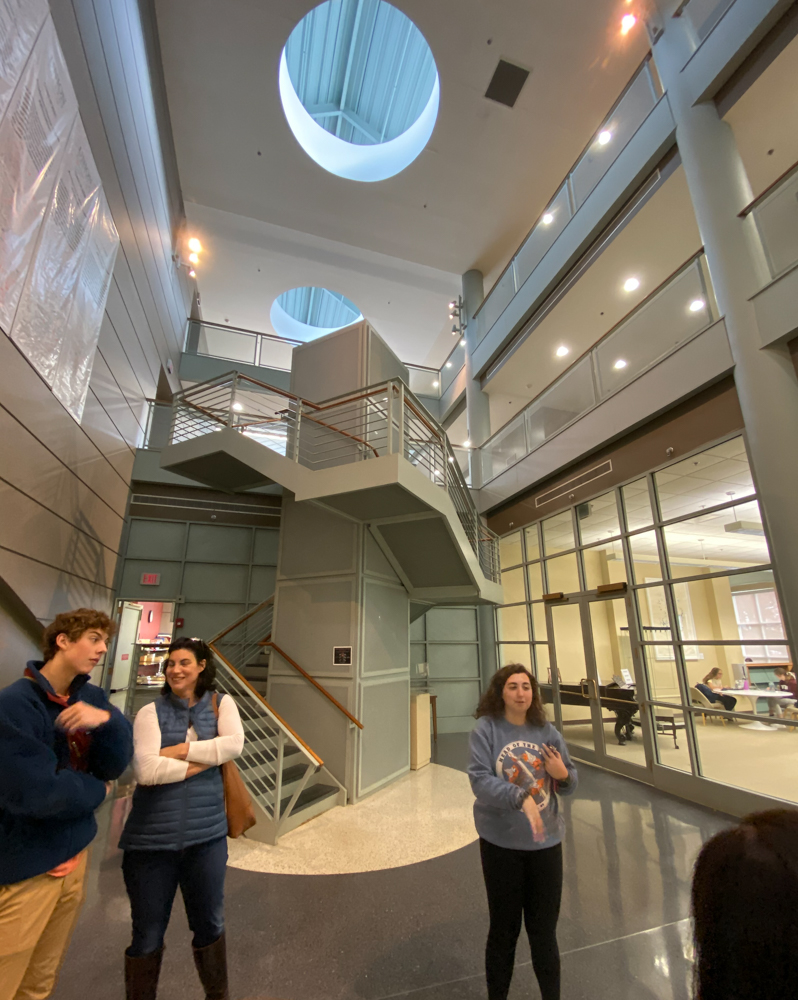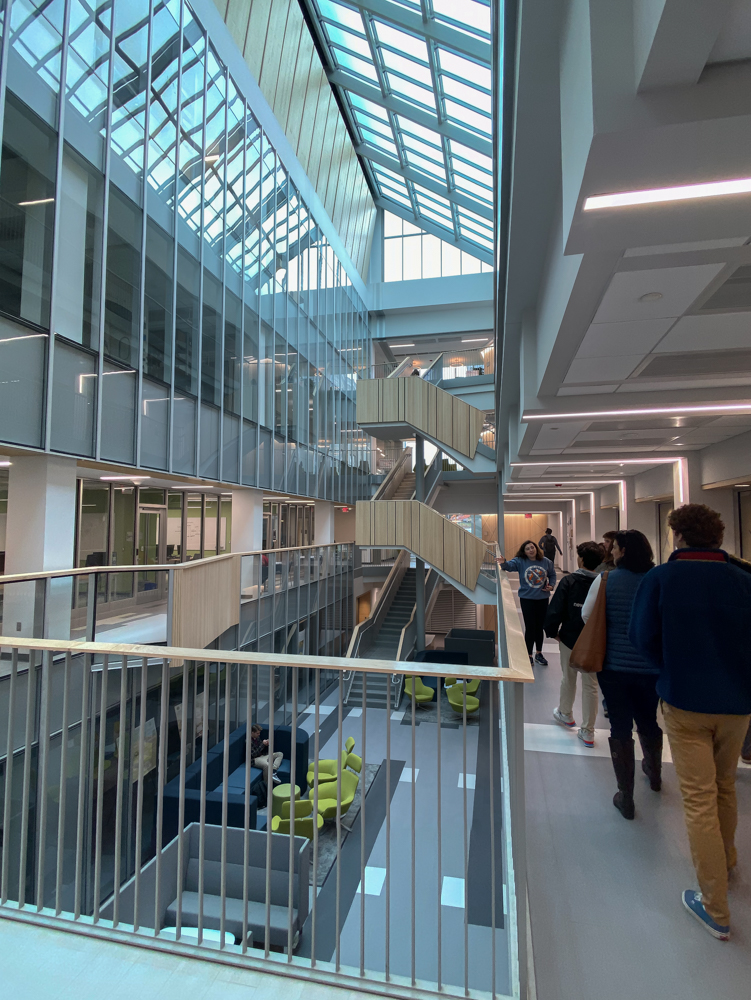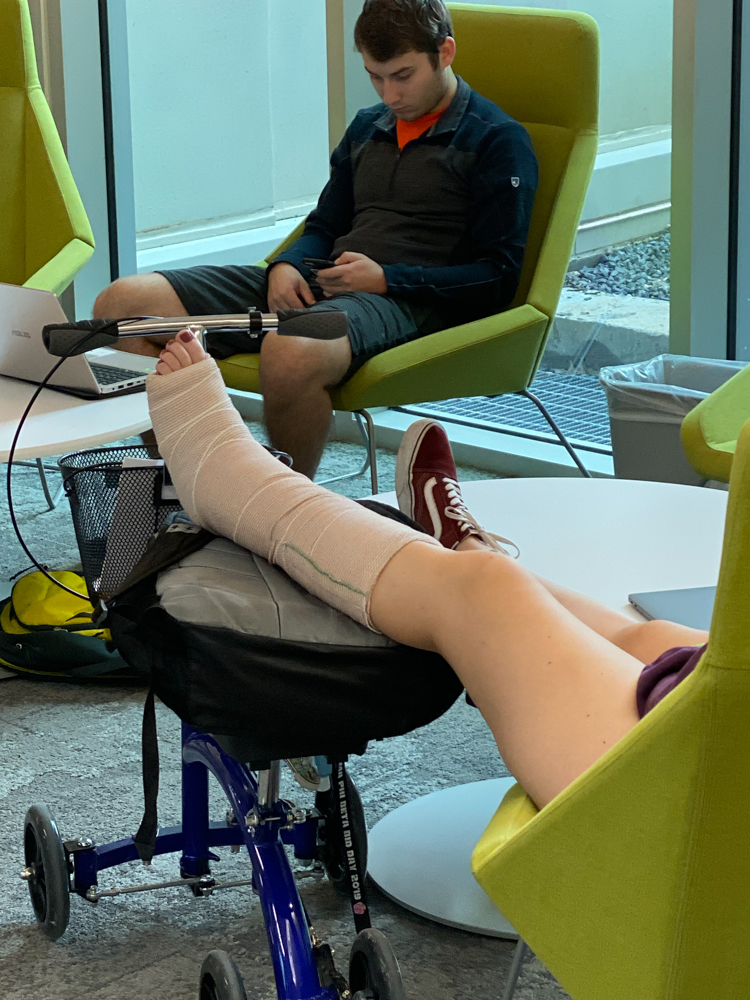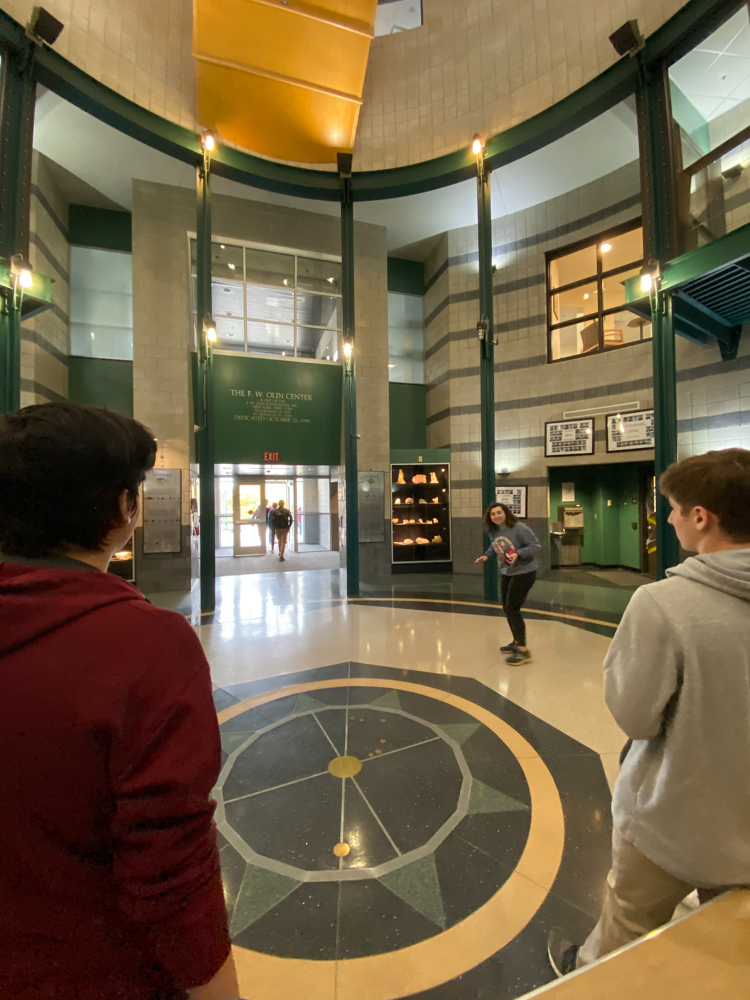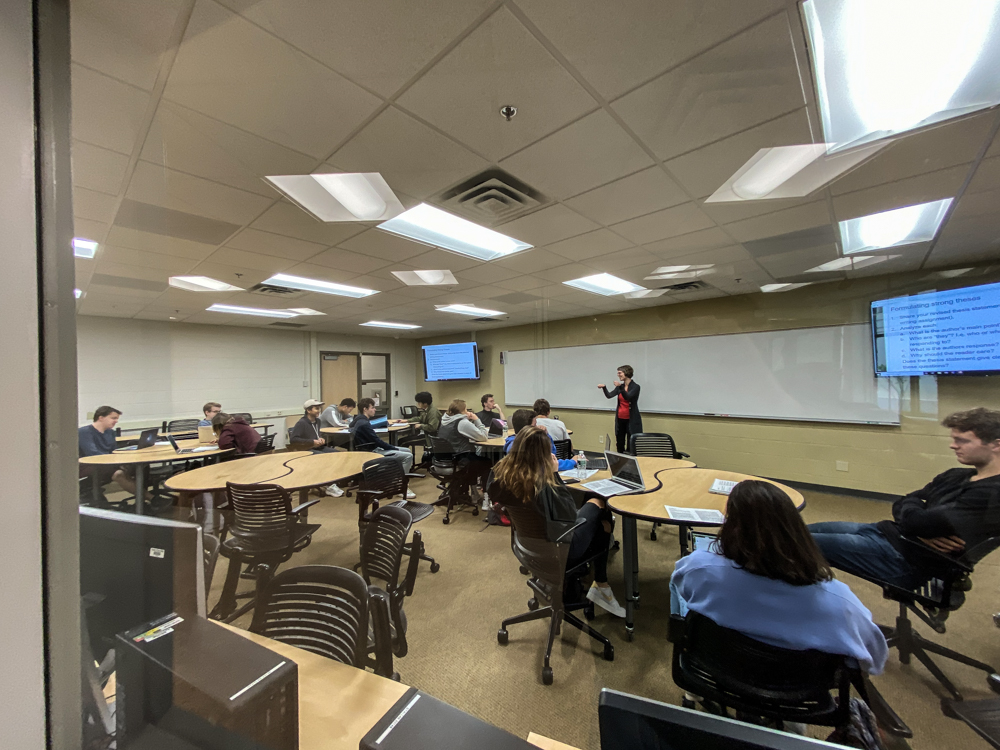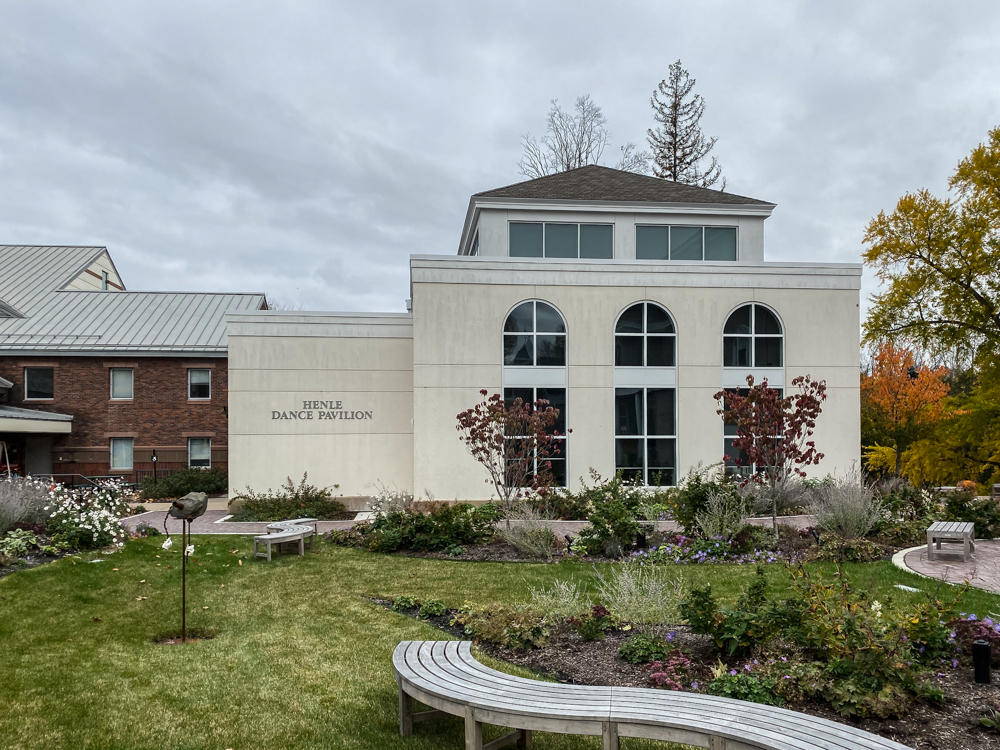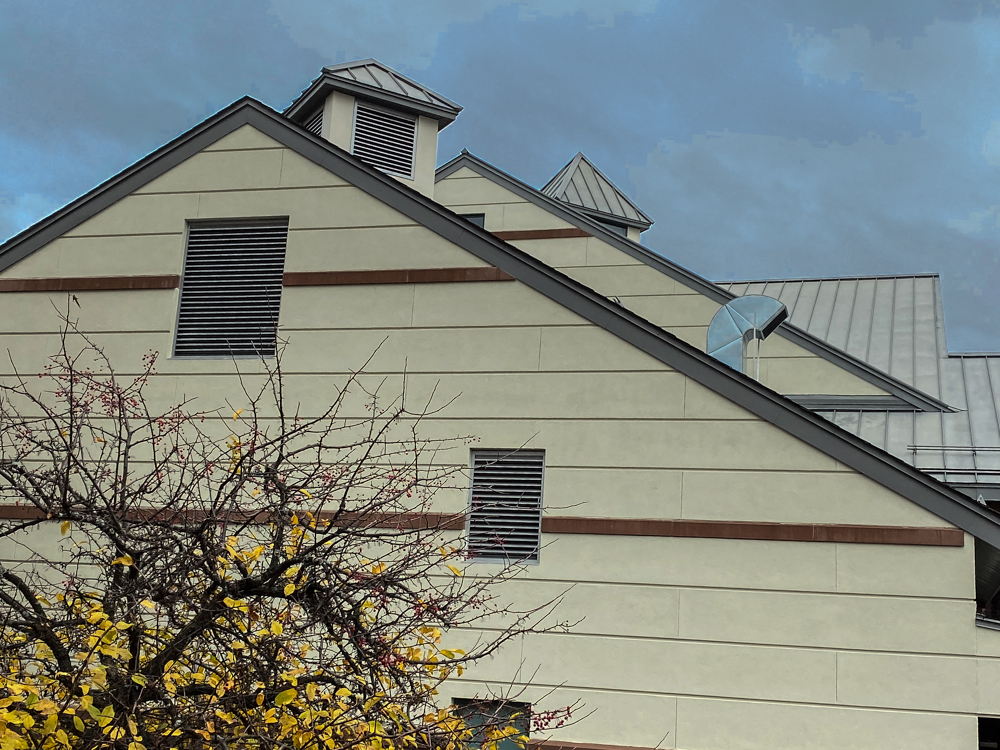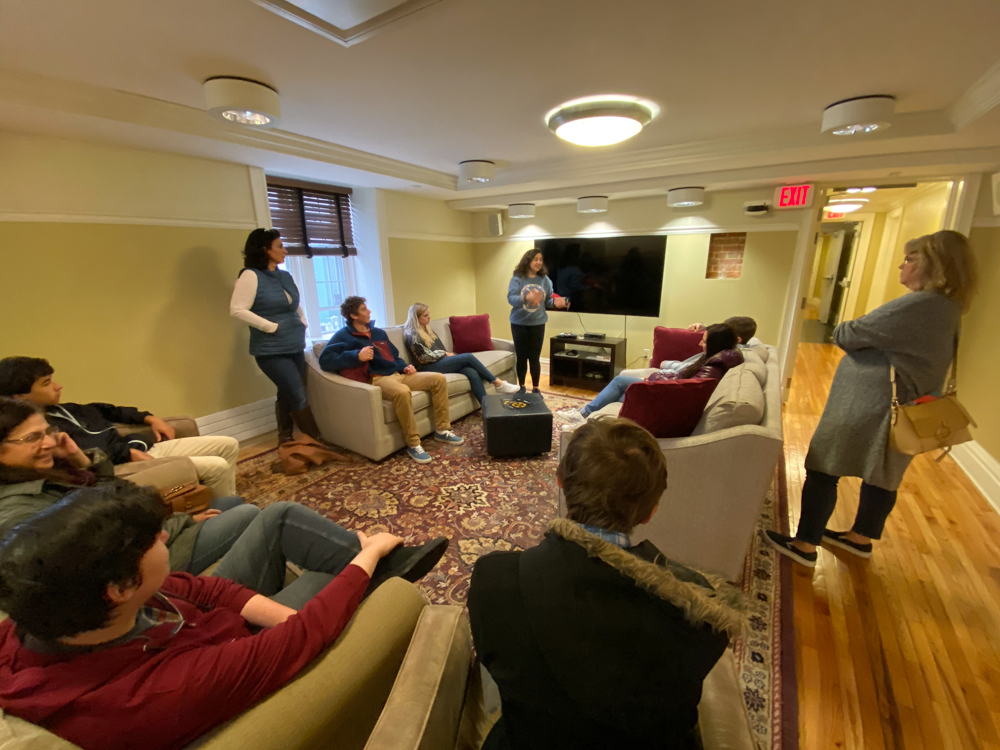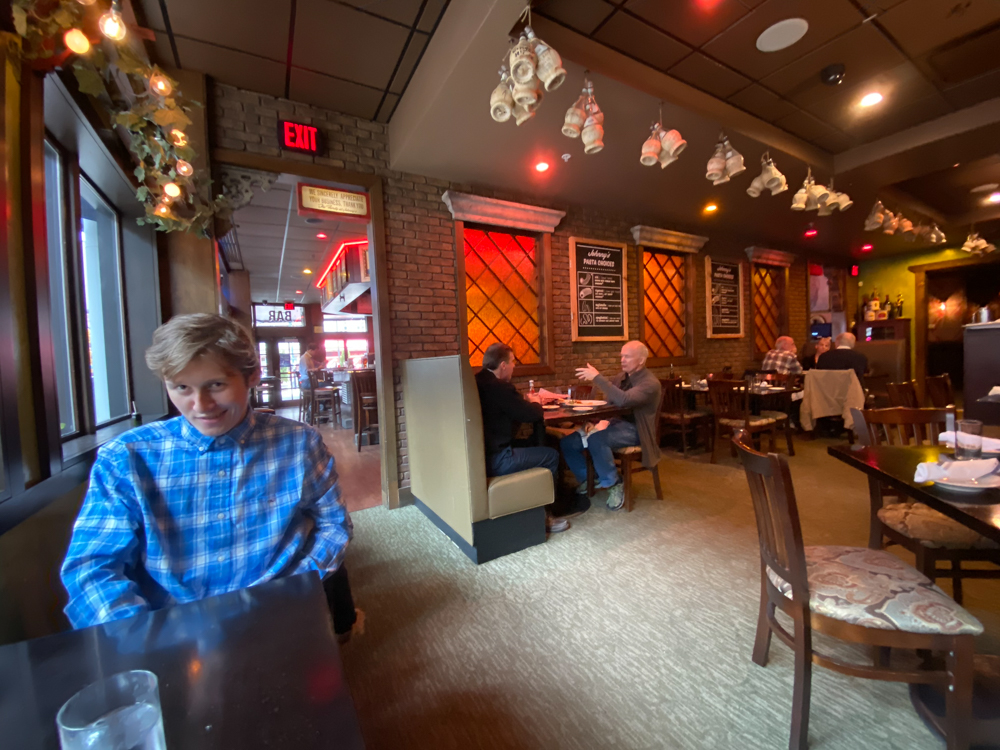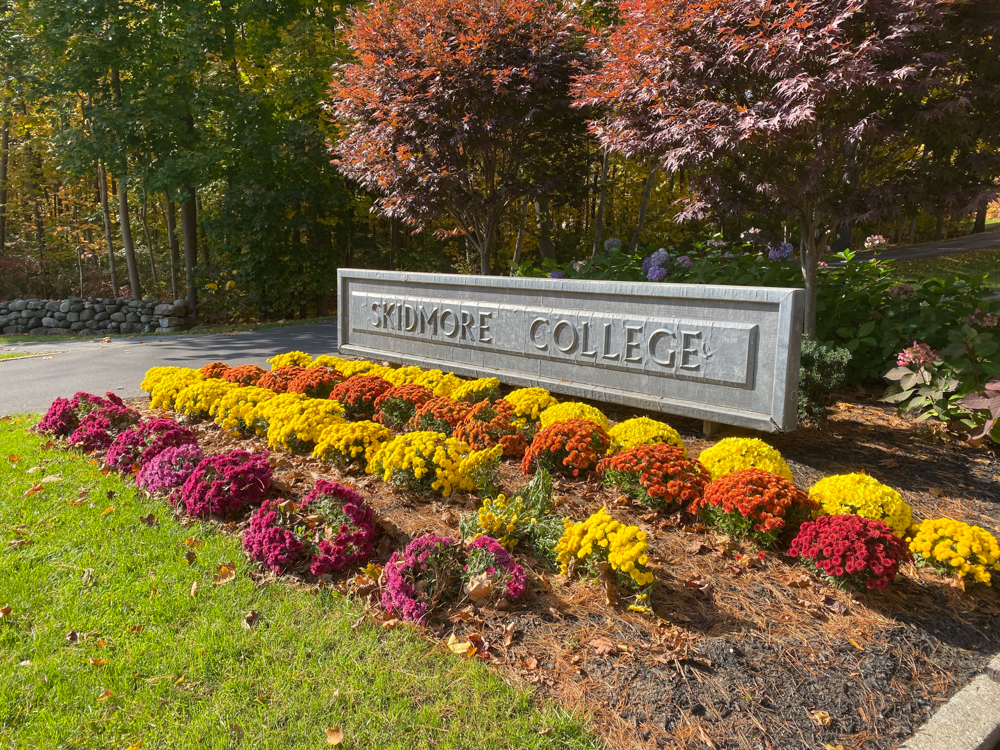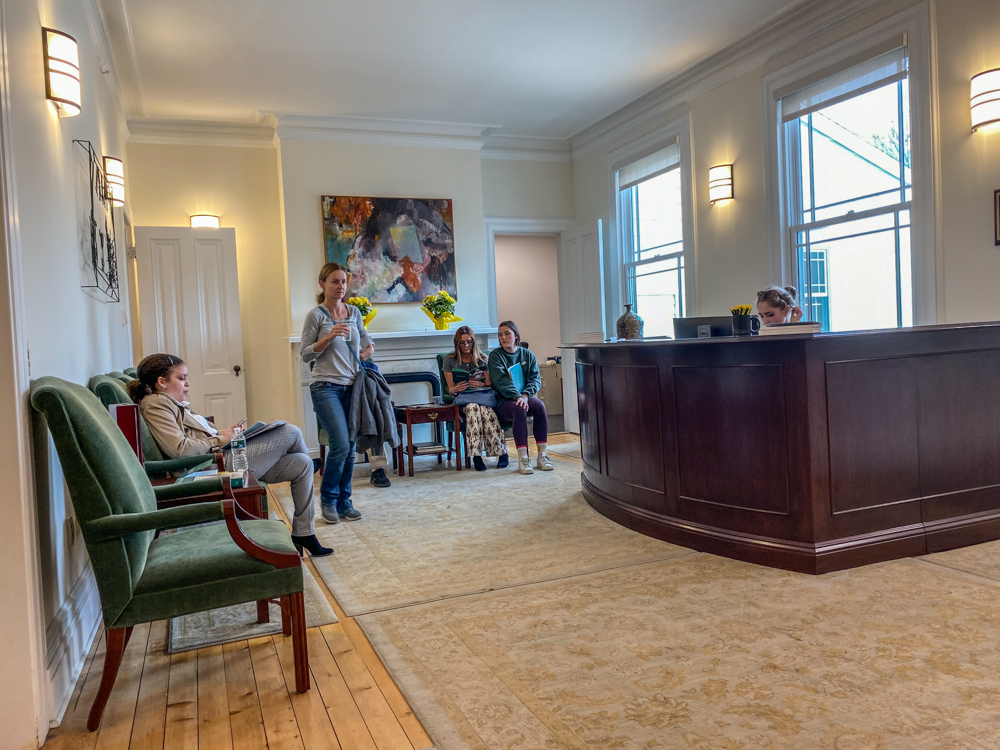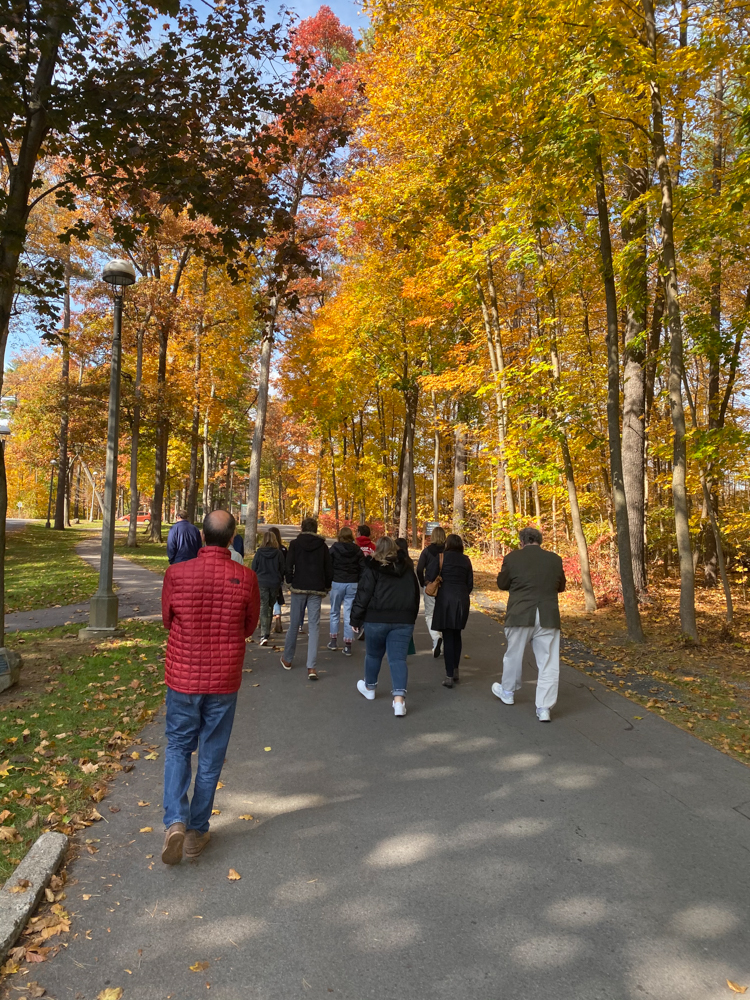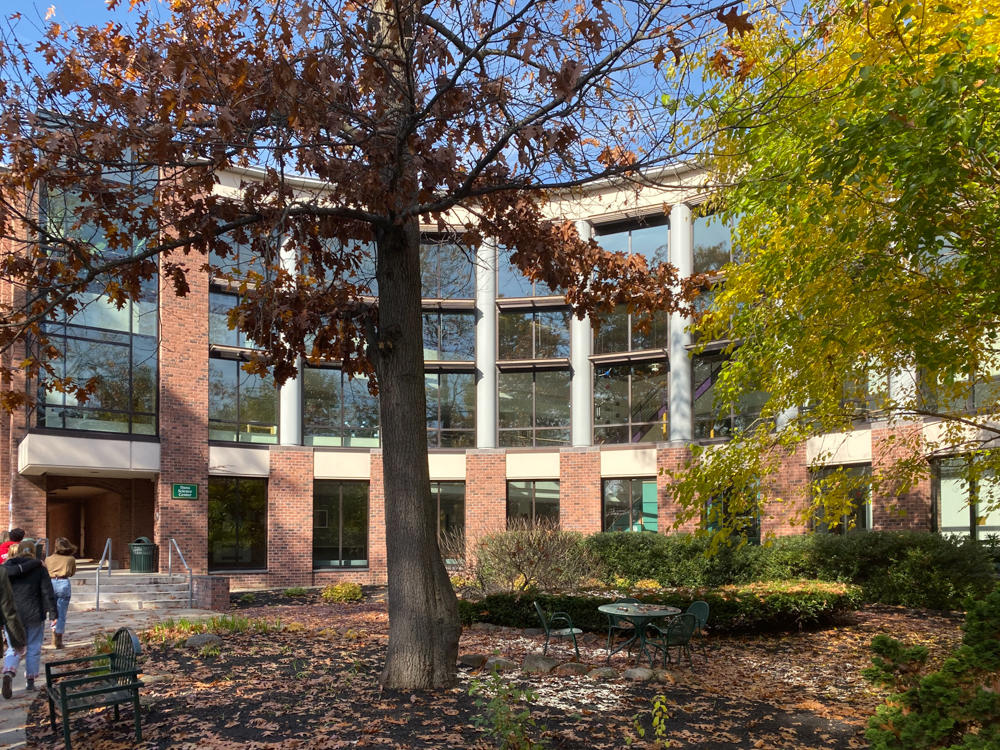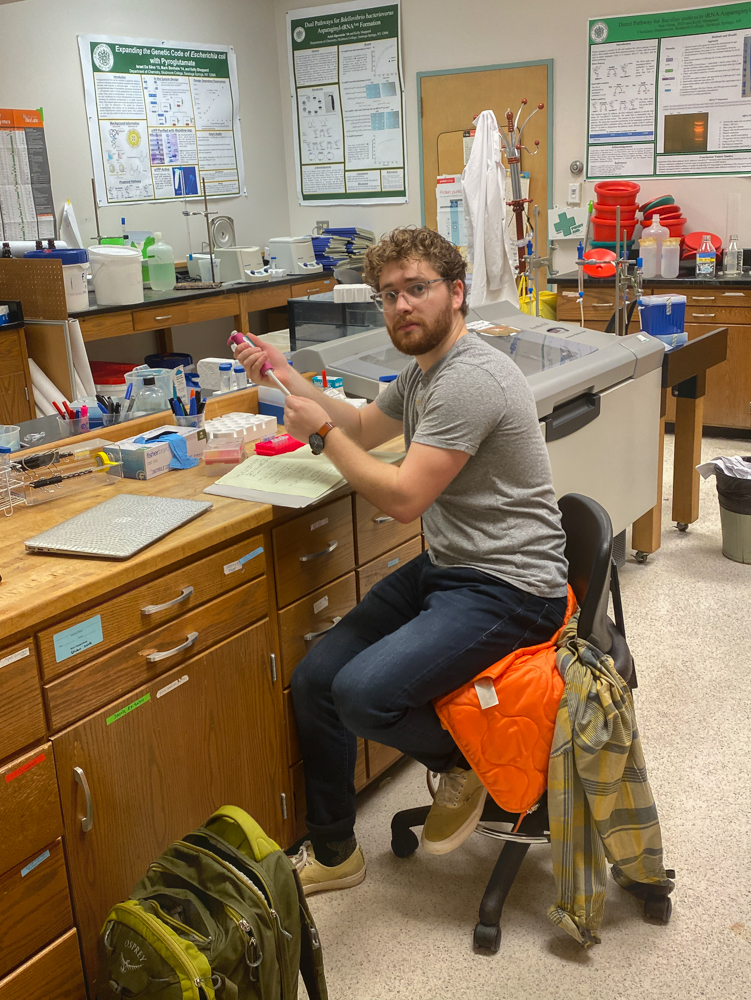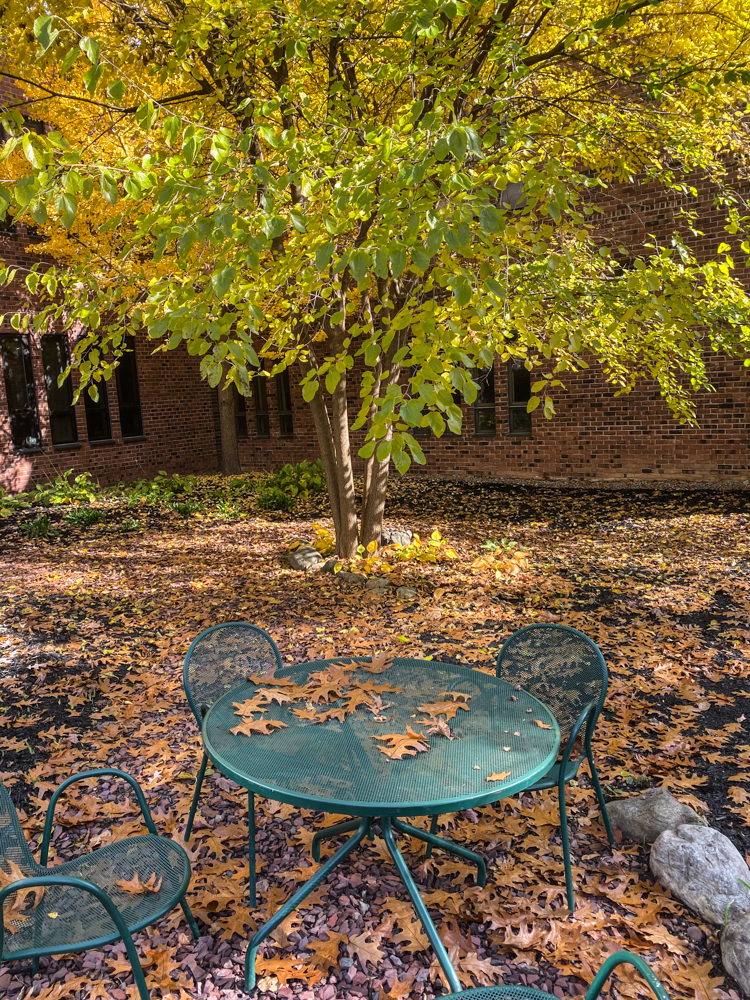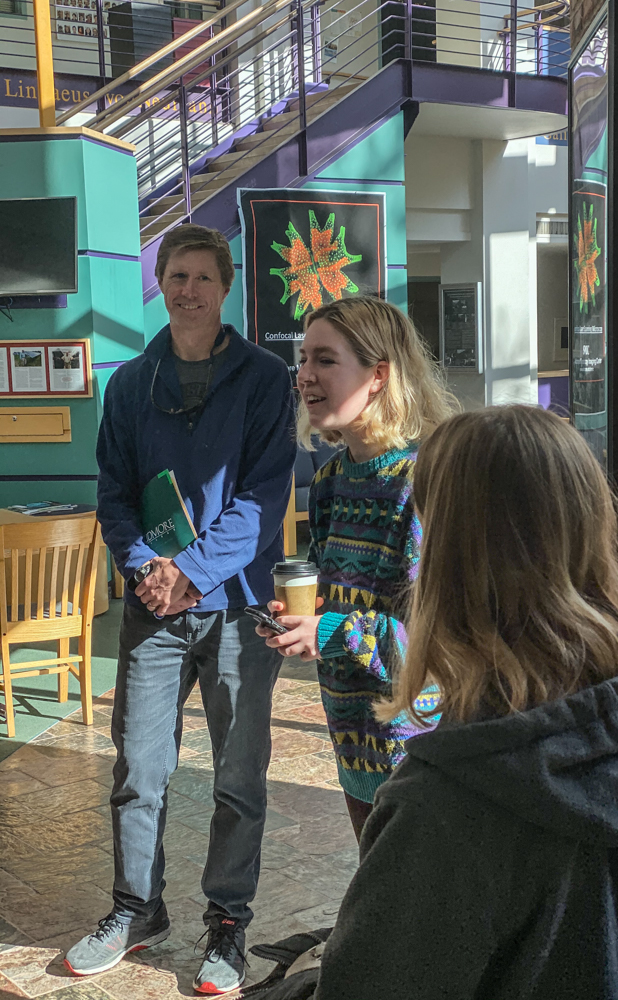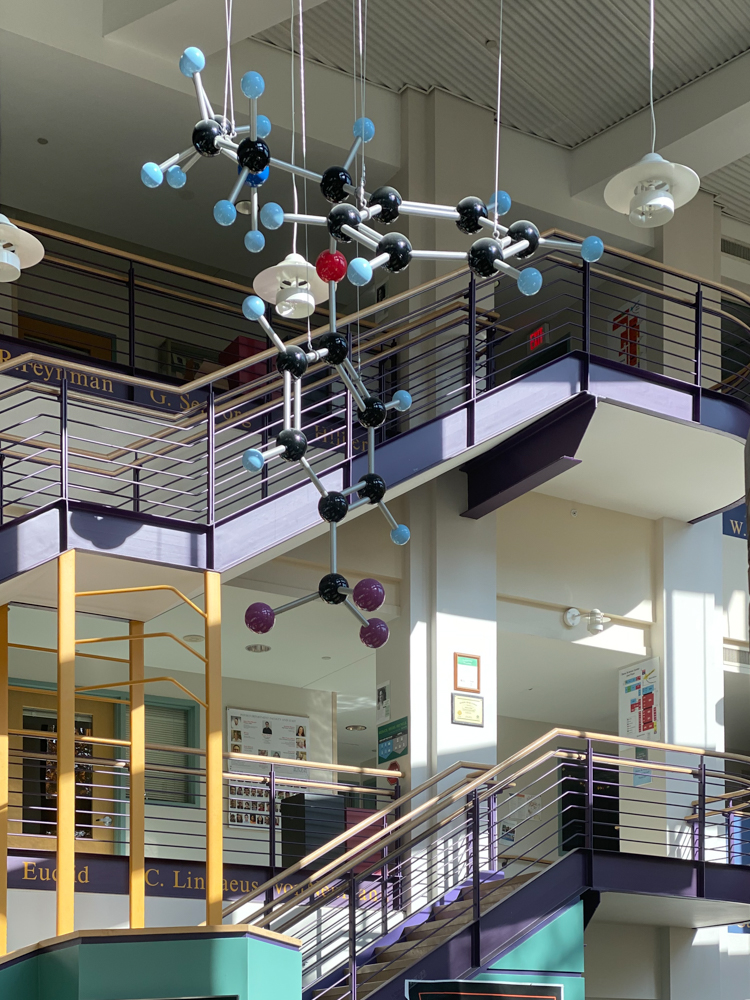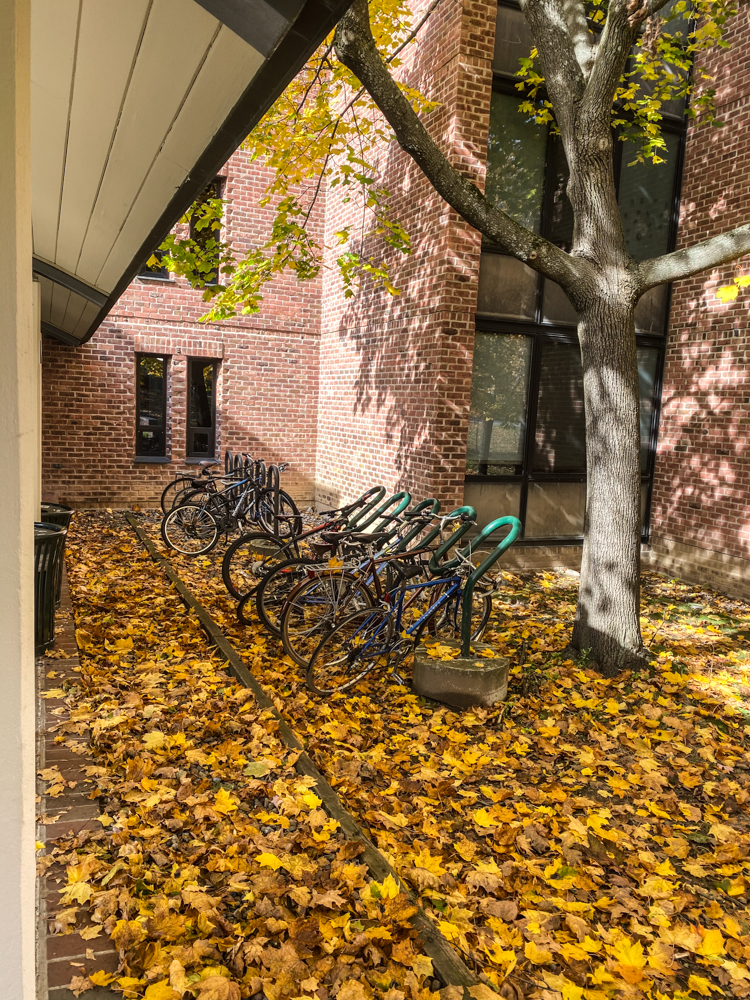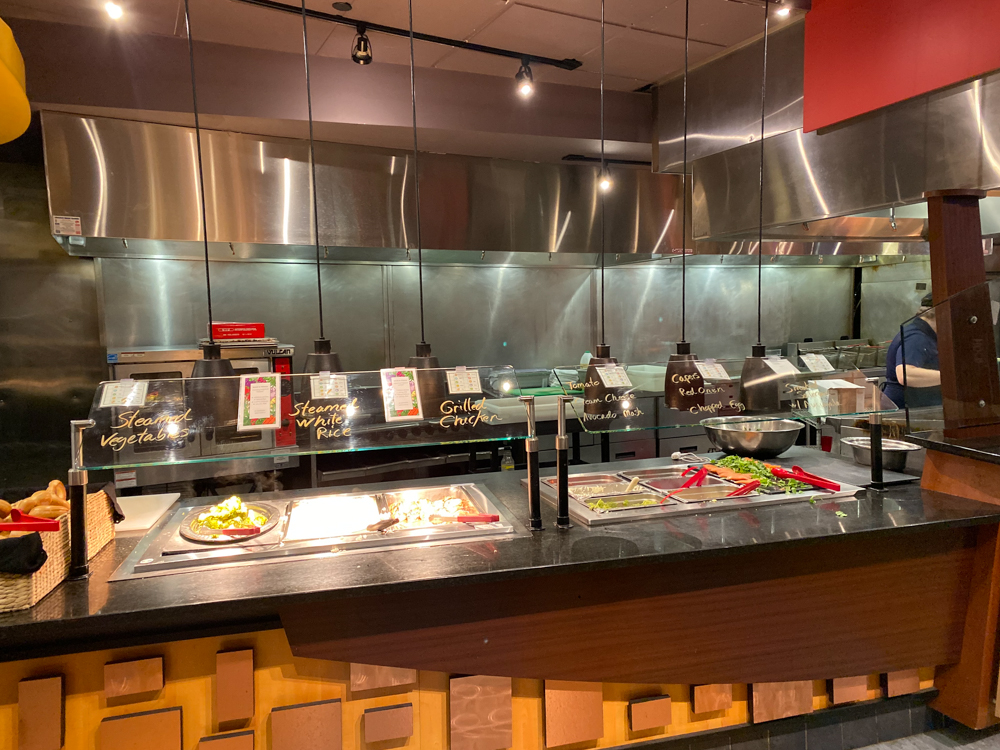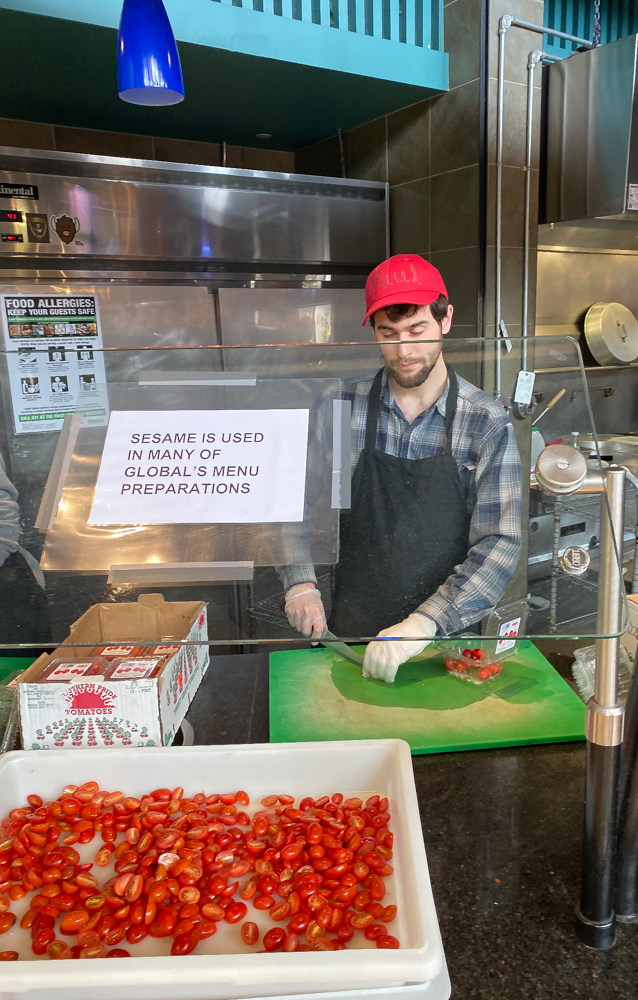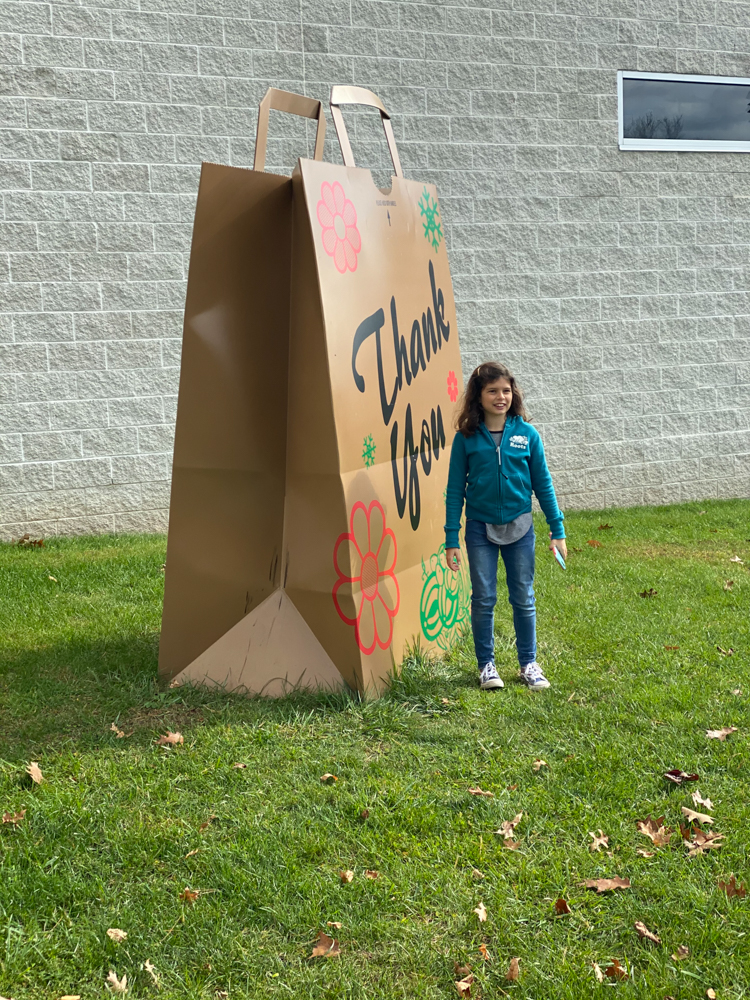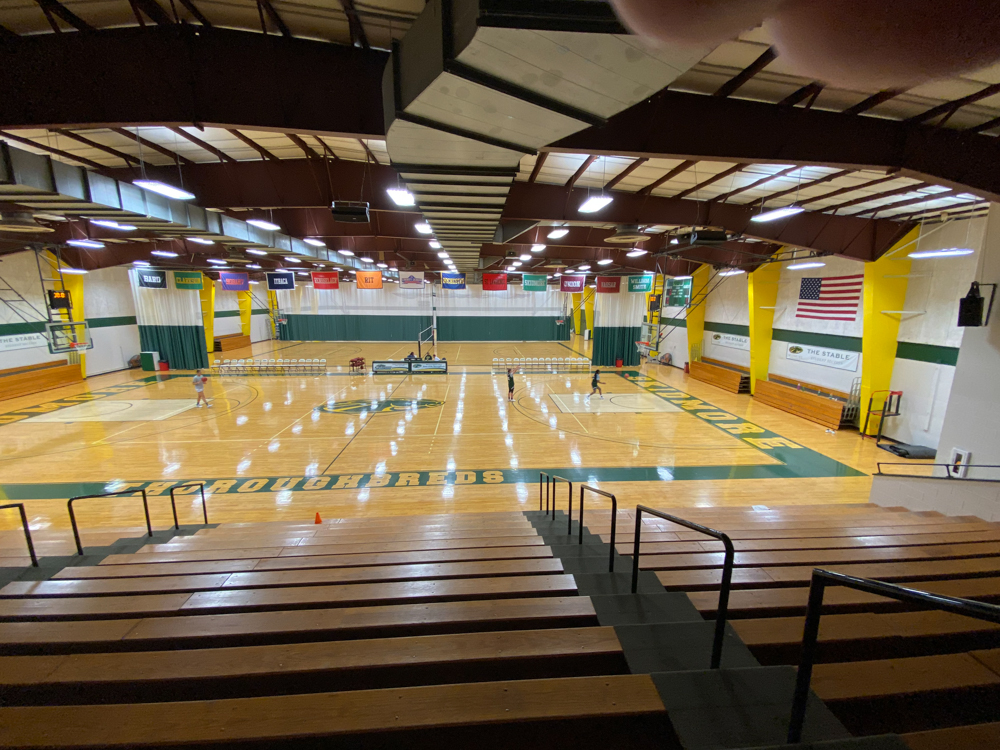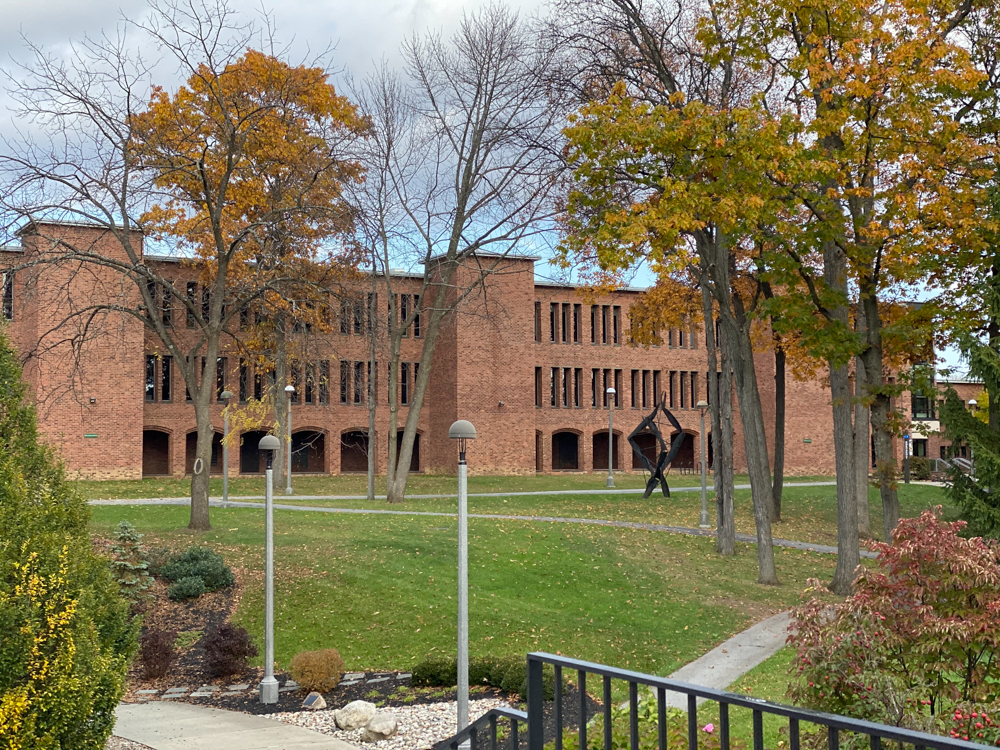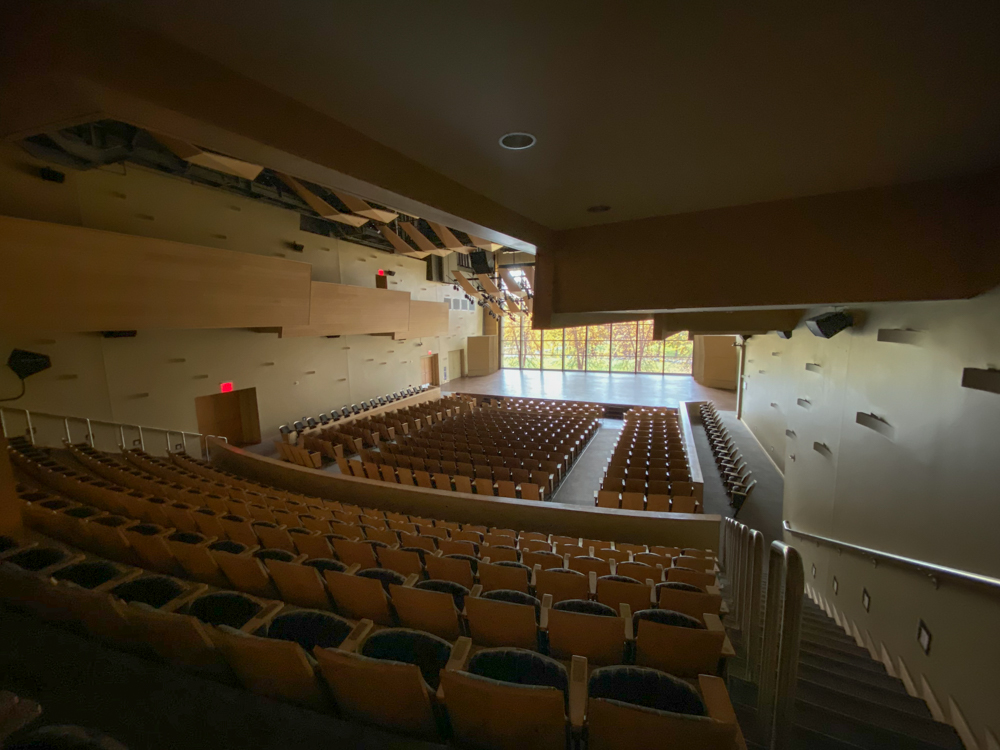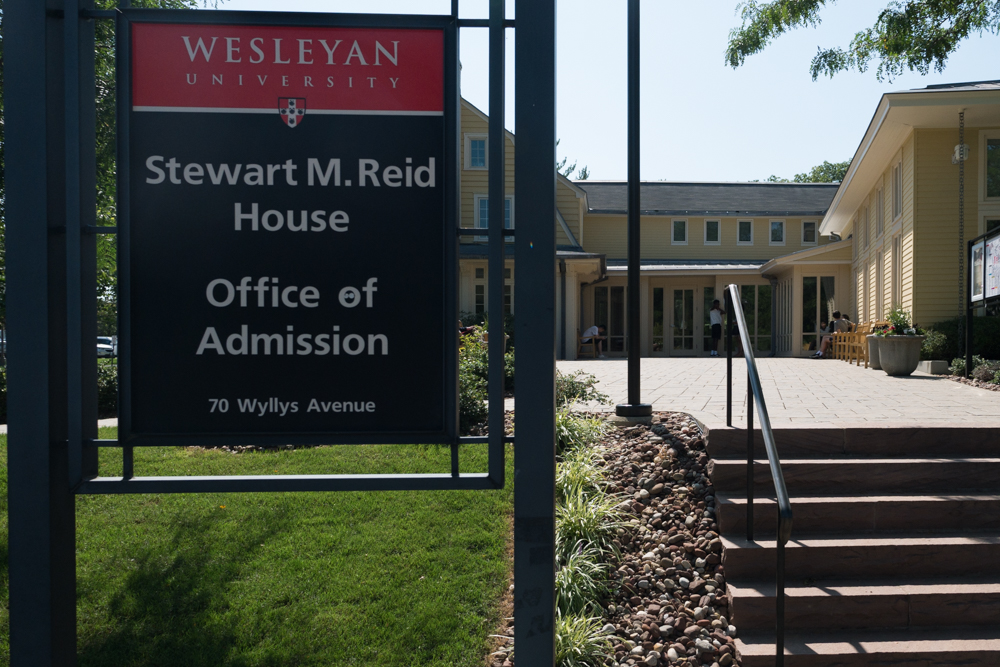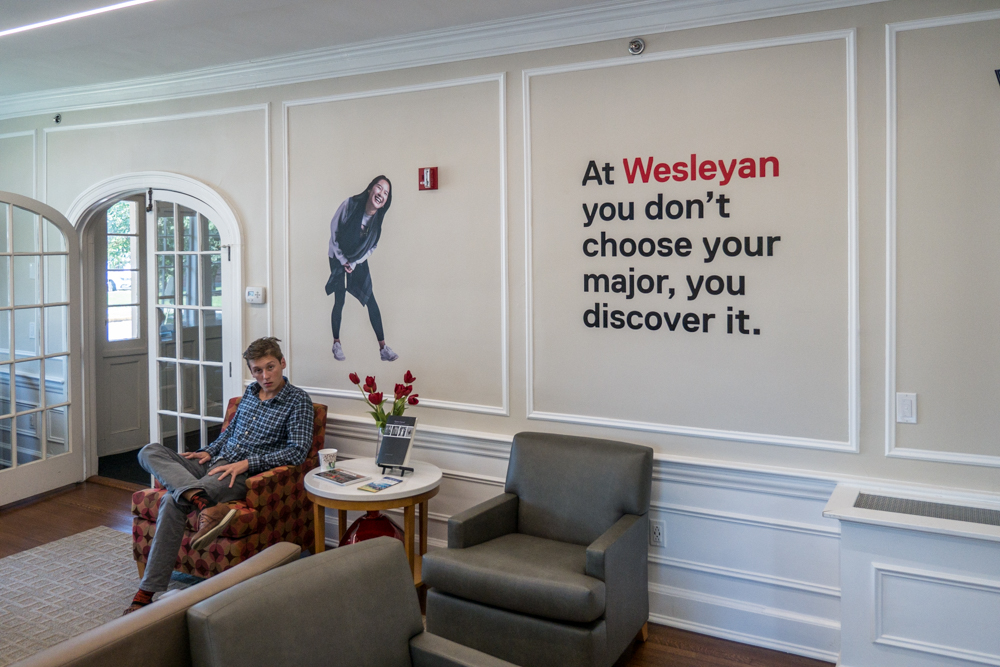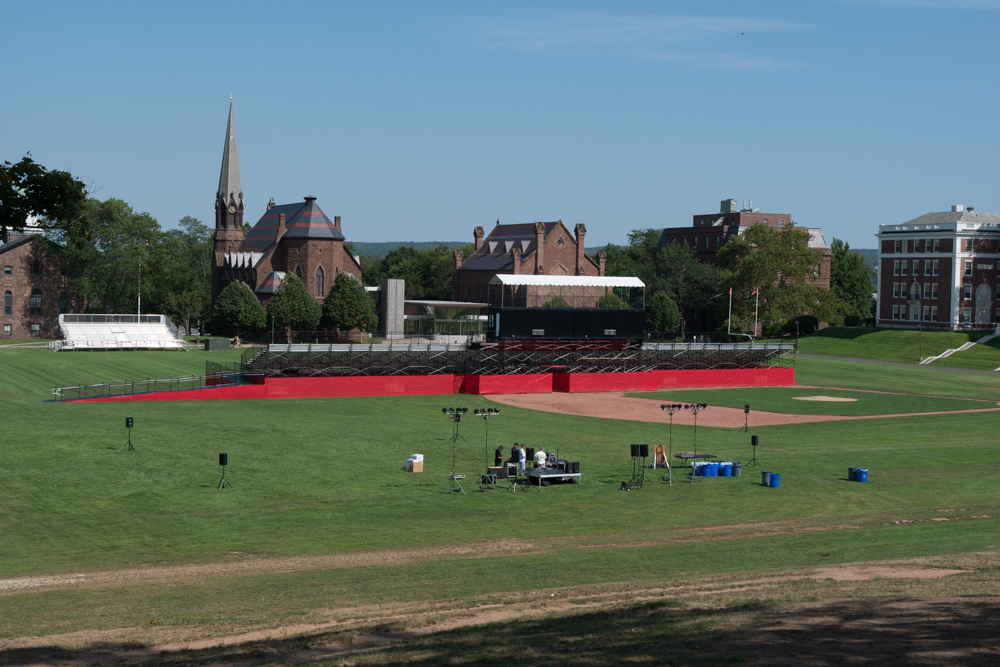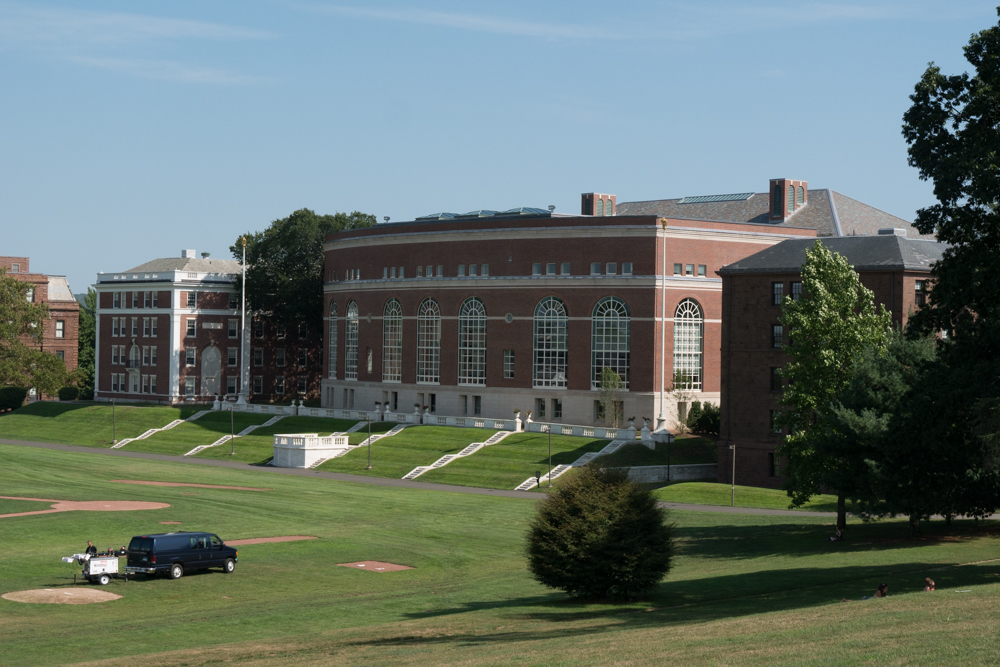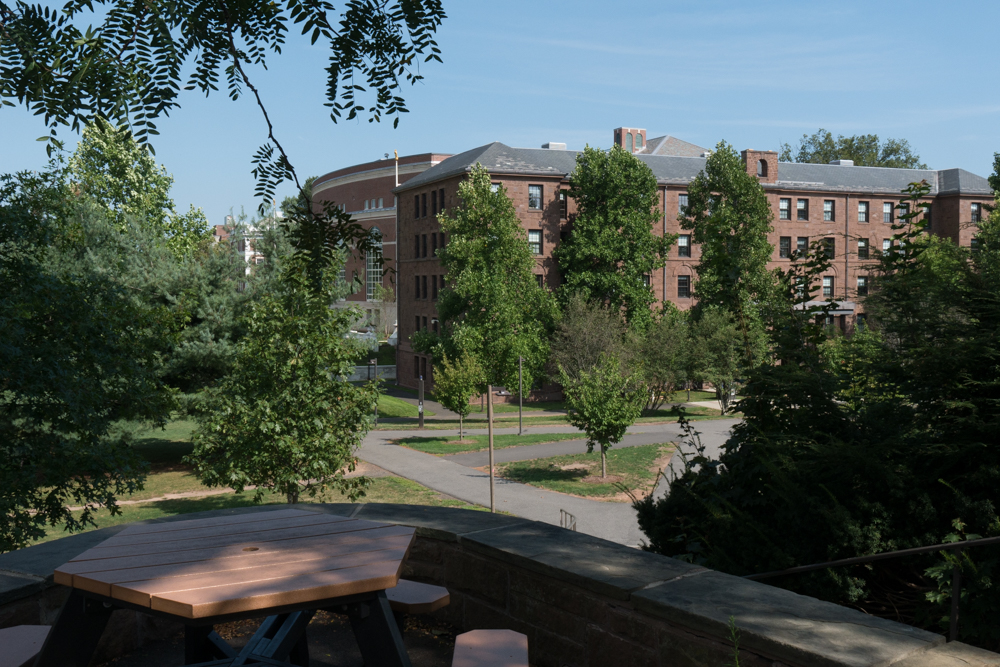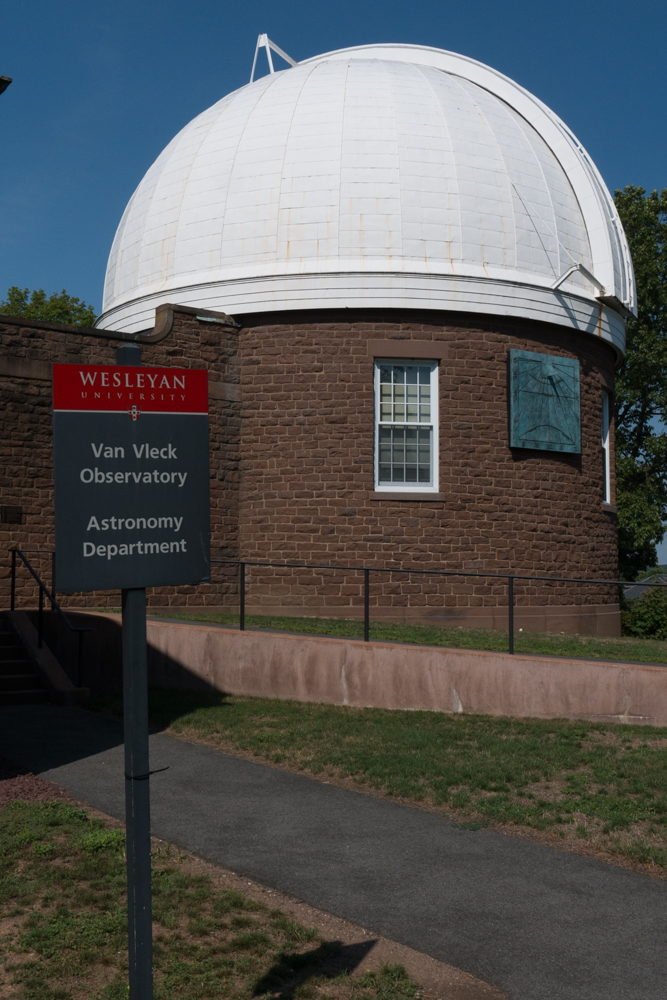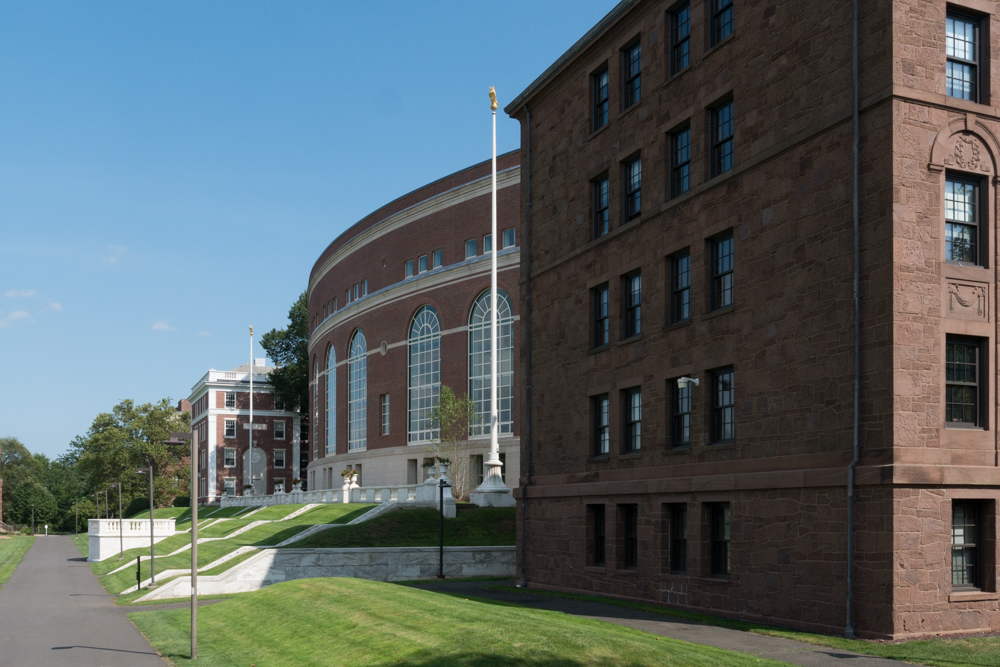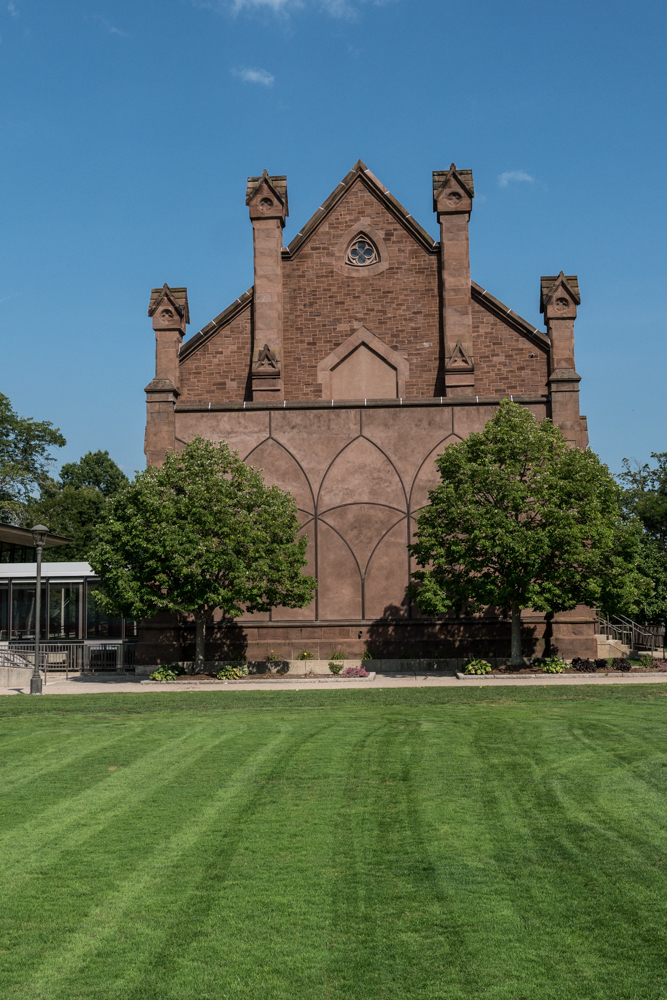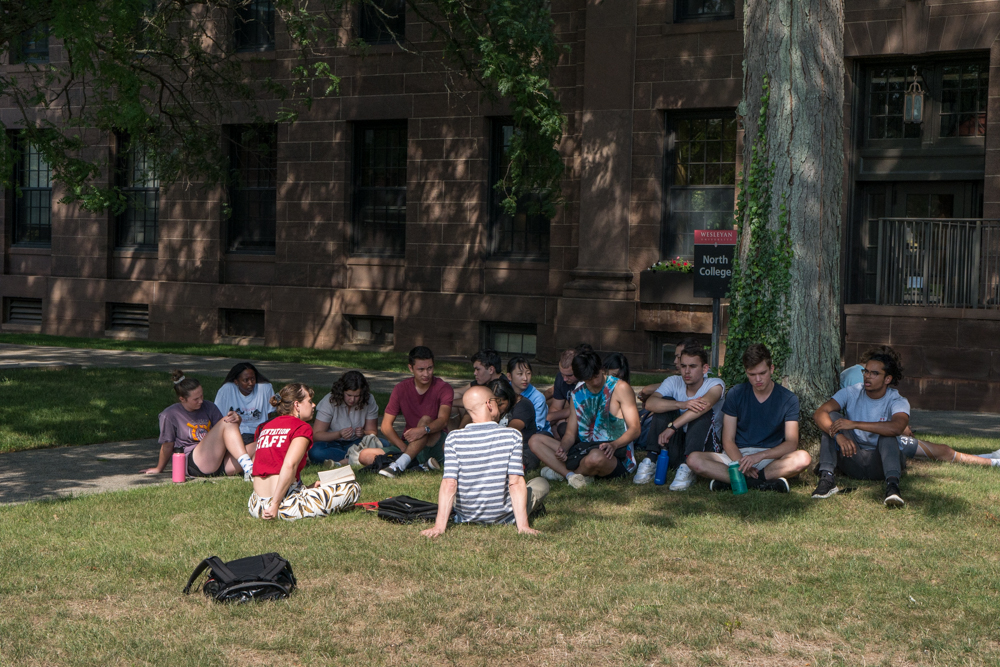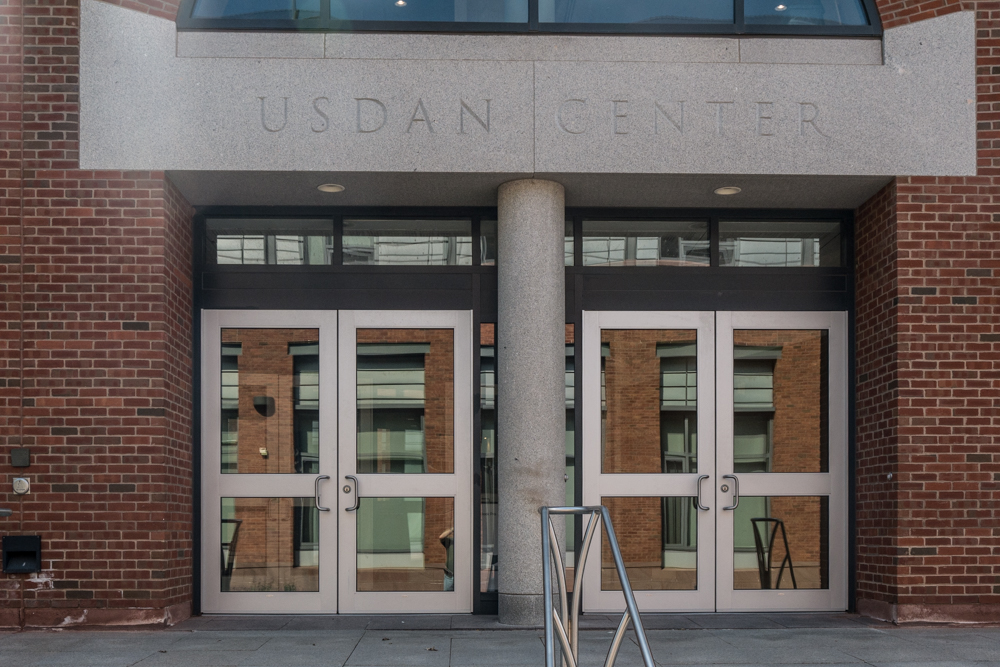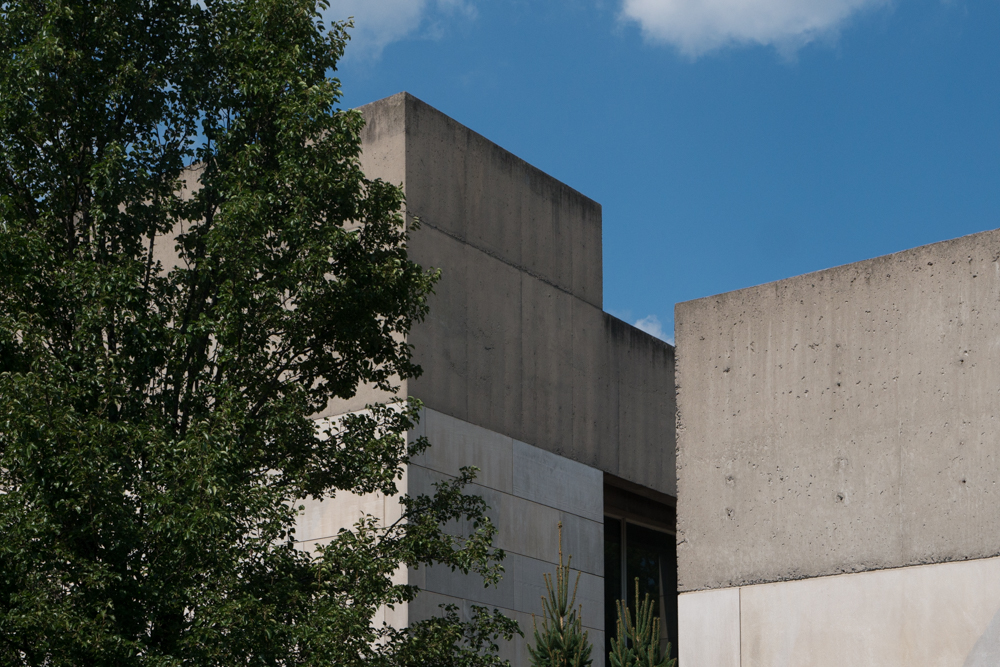A day of unalloyed joy.
I wrote about the due diligence visit my son and I paid to Skidmore College in Saratoga Springs, NY some six years ago. Whereas most of the light manufacturing north eastern towns have been destroyed by the export of labor to the east, Saratoga Springs has been spared and remains a premier tourist destination. The small town is gorgeous and, unlike many we encountered in our many college trips, Saratoga Springs is very student friendly. After all, why turn down some 2,600 affluent consumers?
A key reason the town remains attractive and prosperous is the adjacent Saratoga Race Course thoroughbred racetrack where hopped up horses run fast. It’s the longest continually operating track in the United States. The Mob played a part in its creation finding that the town was a reasonable commute from either Boston or New York City for a spot of weekend revelry, and what is partying if you cannot gamble on the ponies? Thank you, Sicilian descendants.
Winston decided that Skidmore College would be the right choice for a top notch liberal arts education – imagine a world made up solely of narrowly focused STEM grads – and was all set to start in the fall of 2020 when Covid struck. We decided that a gap year would mitigate health risks so he eventually joined the college as a freshman in the fall of 2021. With a likely life expectancy of 100 years we reckoned he could afford to graduate a year later.
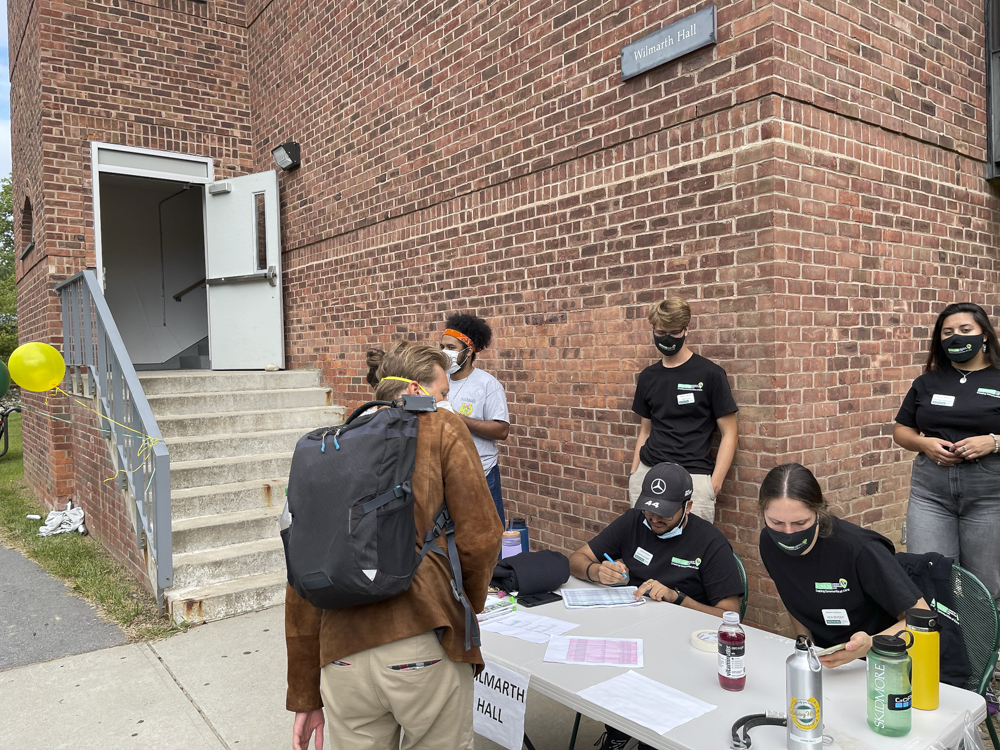
September 5, 2021 – Winston starts at Skidmore.
And that graduation was this past Saturday and the great smile on my face has yet to fade. This was a culmination of a 23 year project.
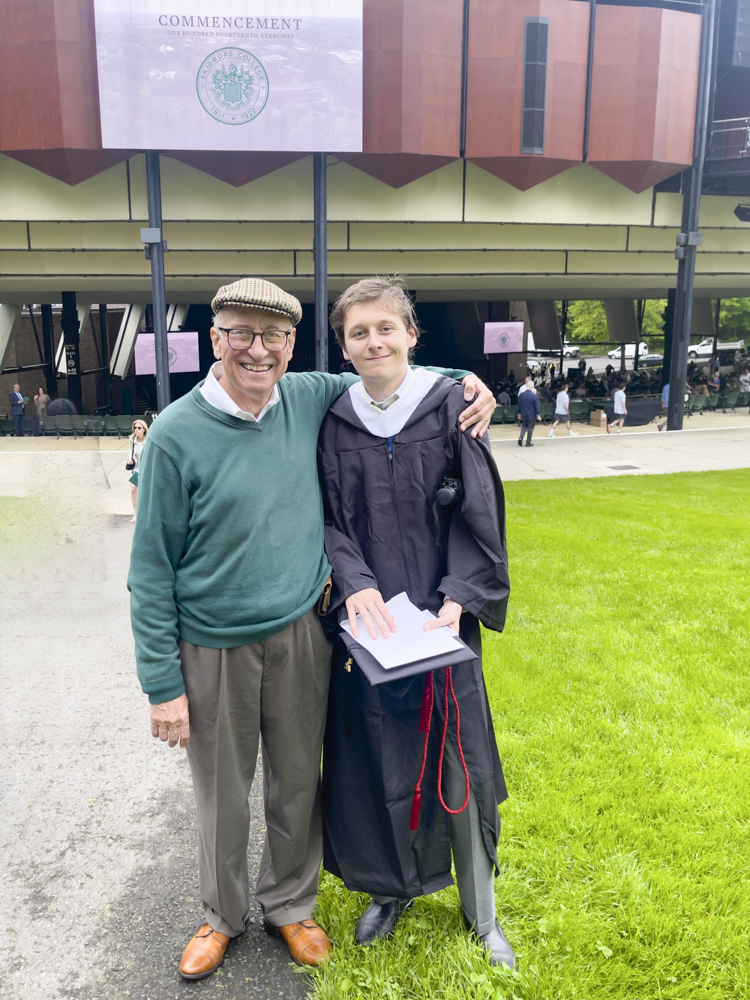
Winnie and dad, May 17, 2025.
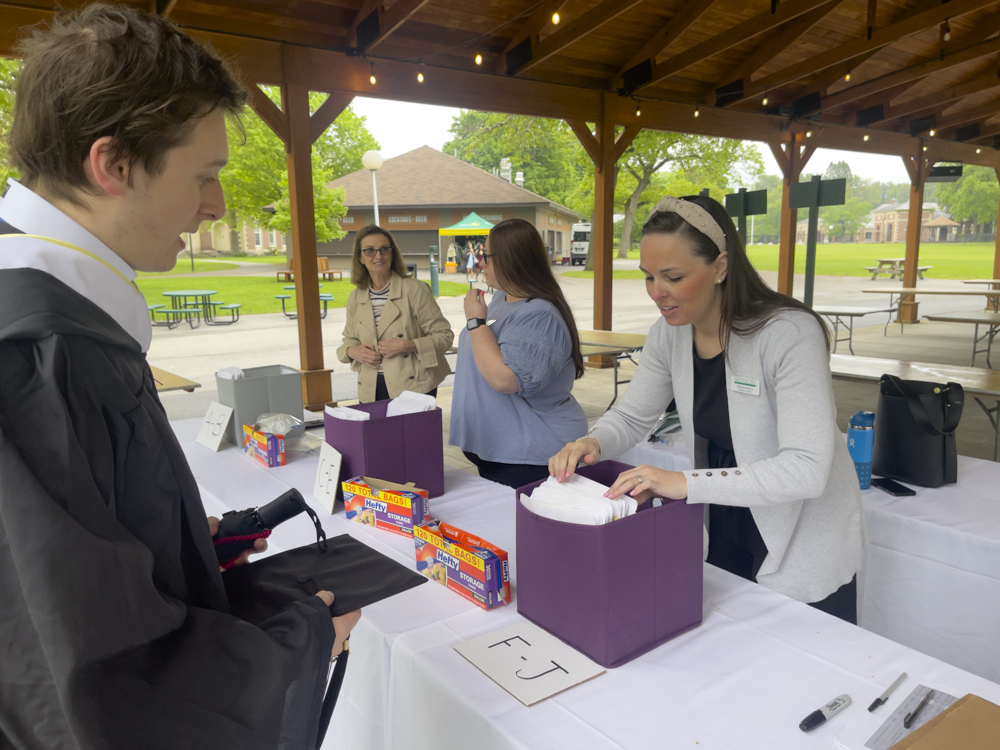
Collecting his diploma.
628 graduates were awarded their degrees that day and it’s impossible to convey the joy of the occasion, with so many beautiful, young people at the start of the rest of their lives.
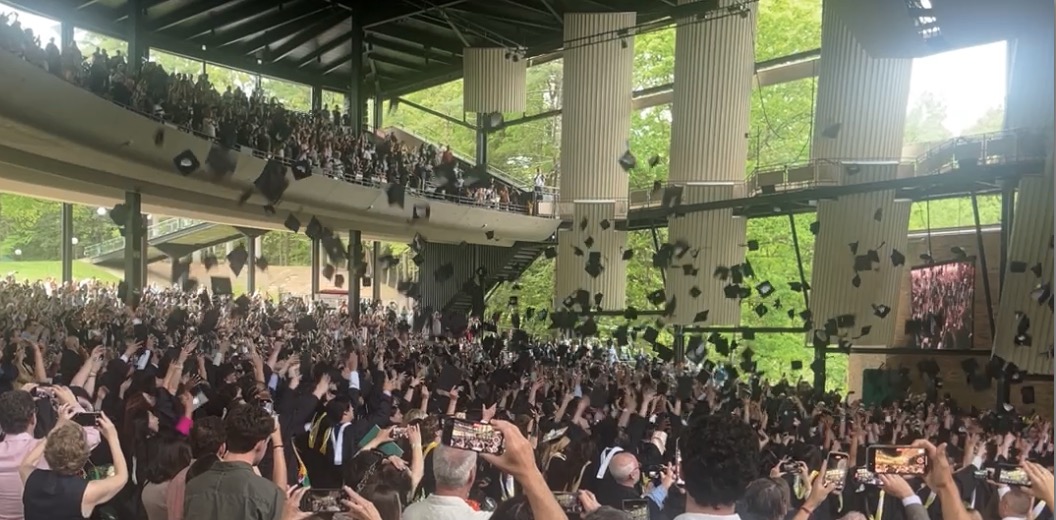
The hat toss.
After the ceremony at the Performing Arts Center we visited the school one last time – a sad place without all those smiling faces – and found Winston’s engraved brick:
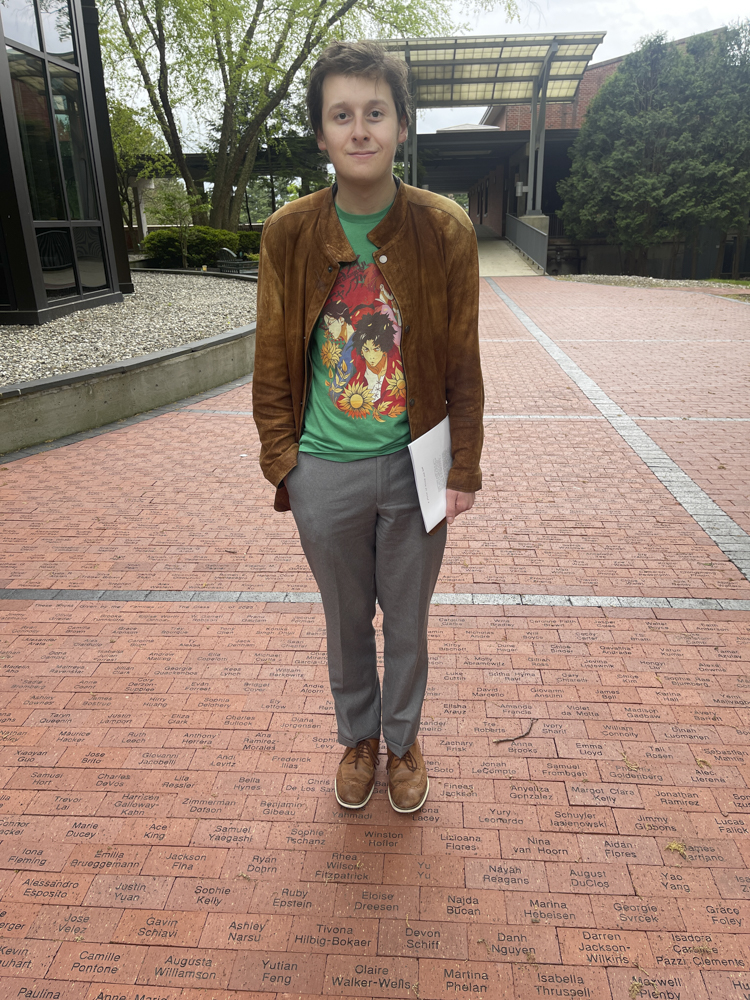
On the brick pathway.
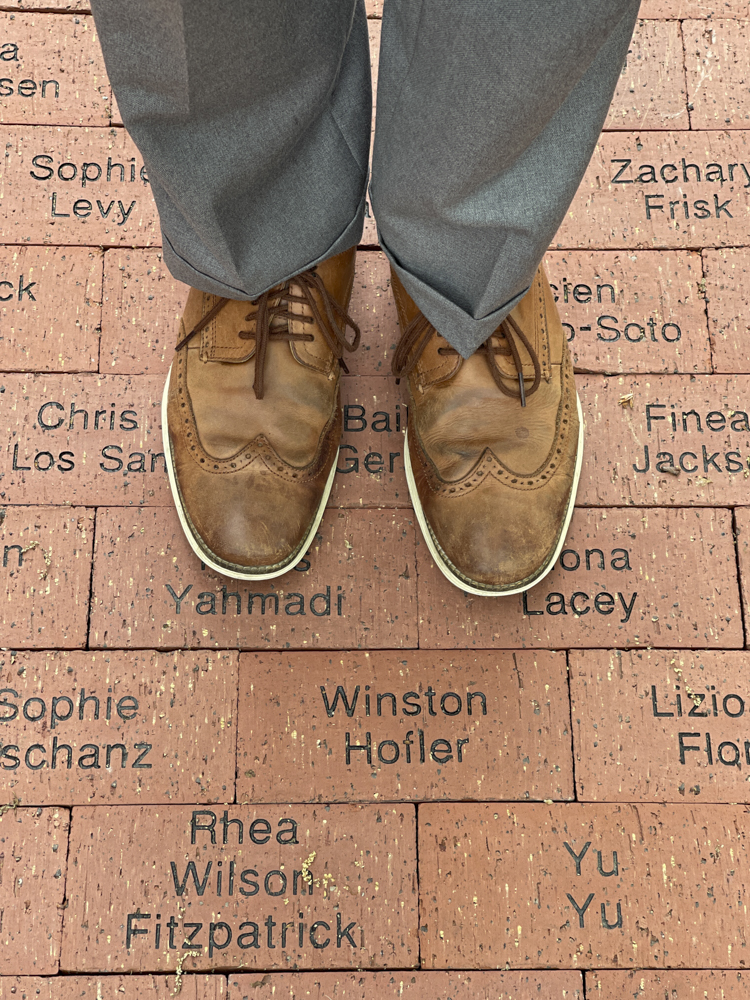
Winston Hofler, BA. My son.
Perhaps the best line from the fine Commencement speakers was from President Marc Conner, who had joined Skidmore just as the maelstrom that was Covid broke out in 2020:
“Ever since the Renaissance every generation has considered its problems to be insurmountable yet somehow we have muddled through”
Here’s to Skidmore College and muddling through.
iPhone snaps.
